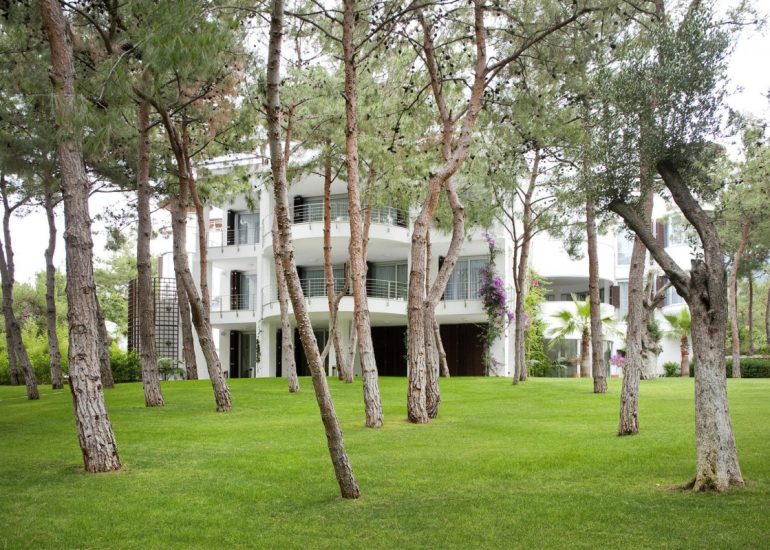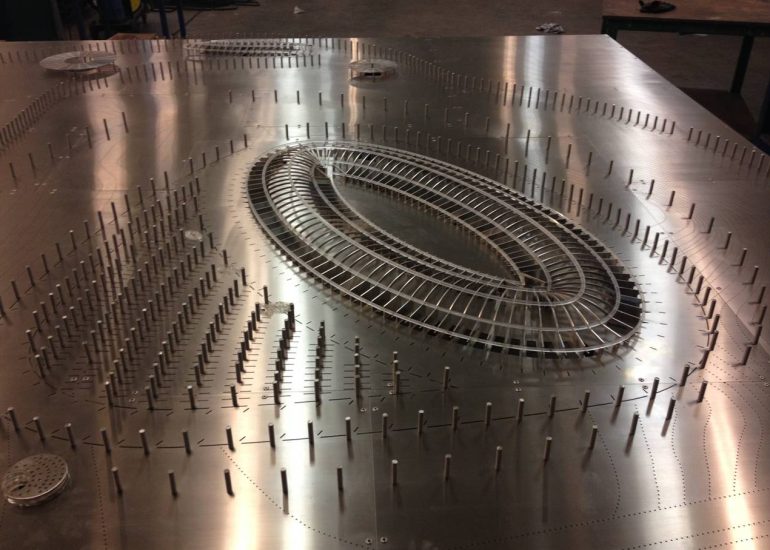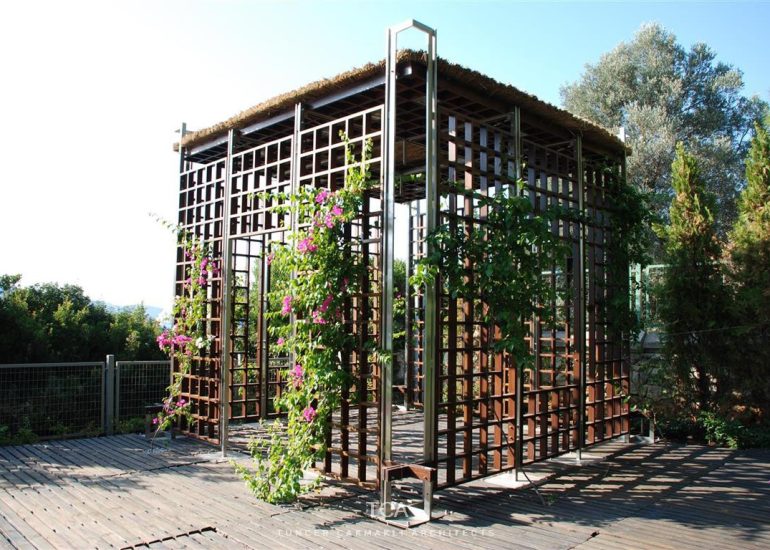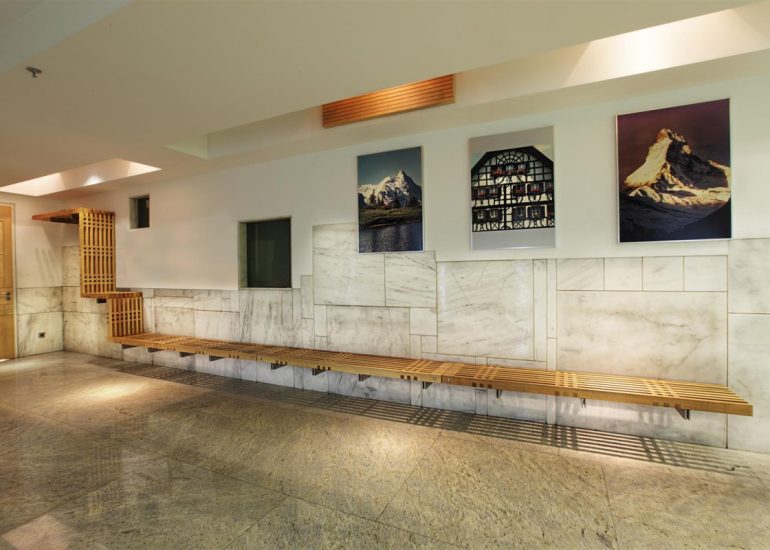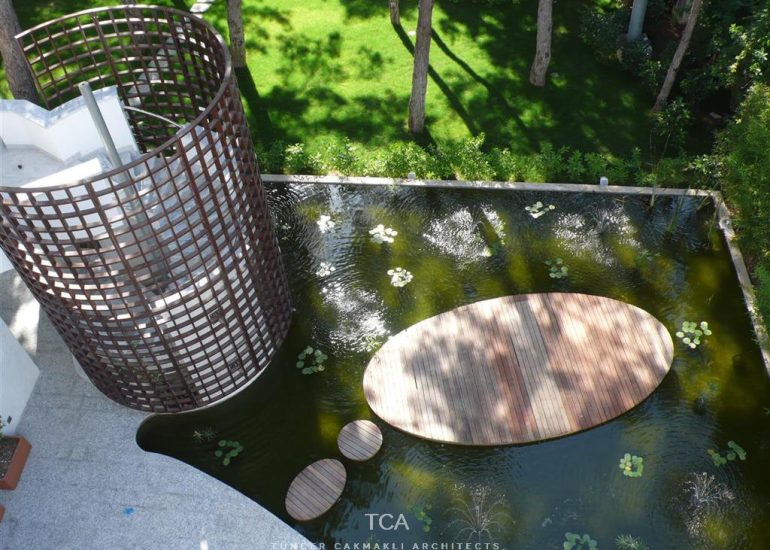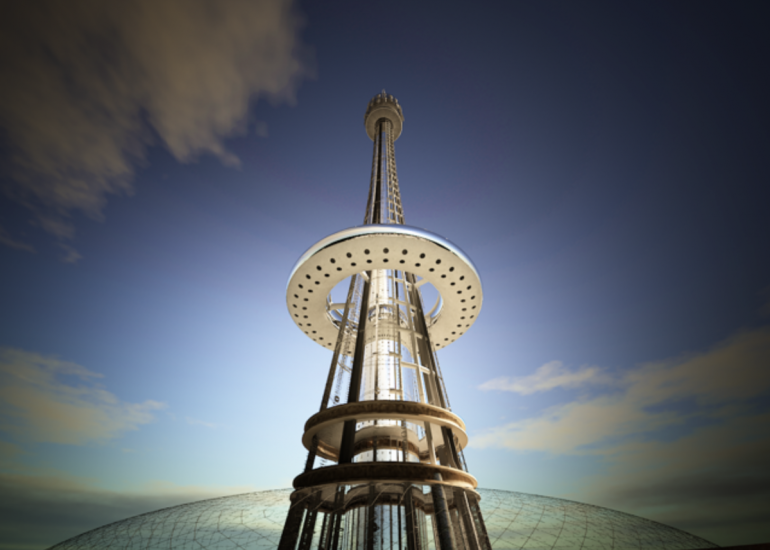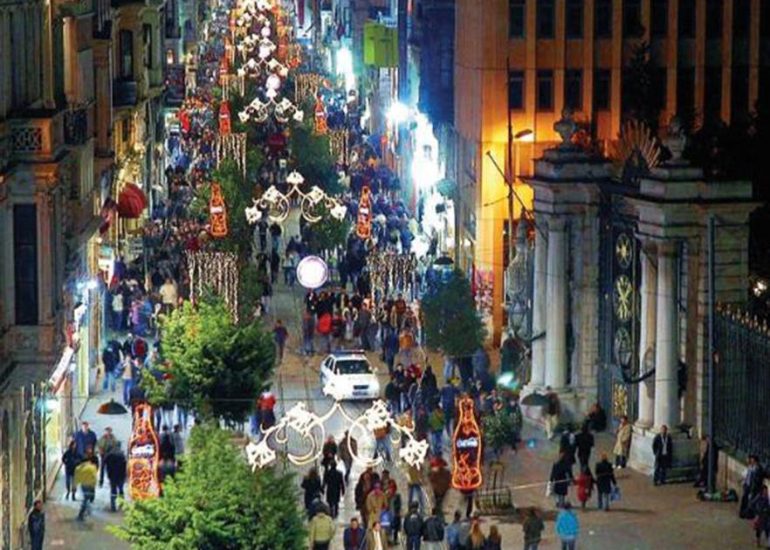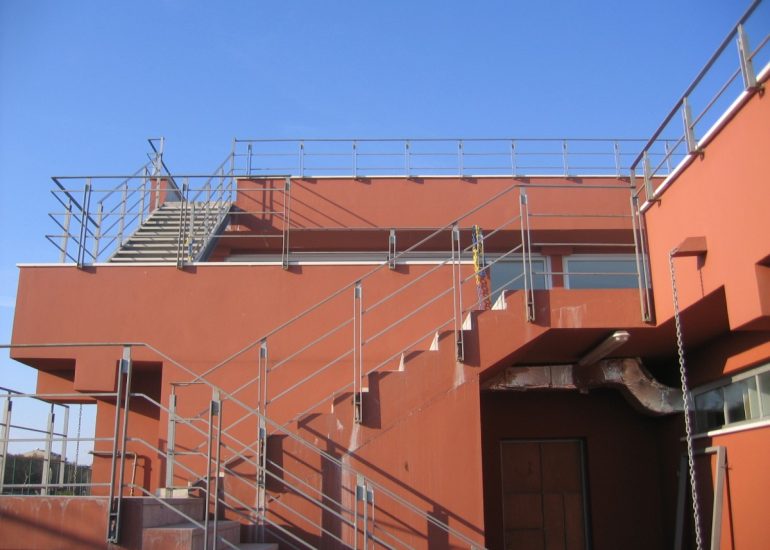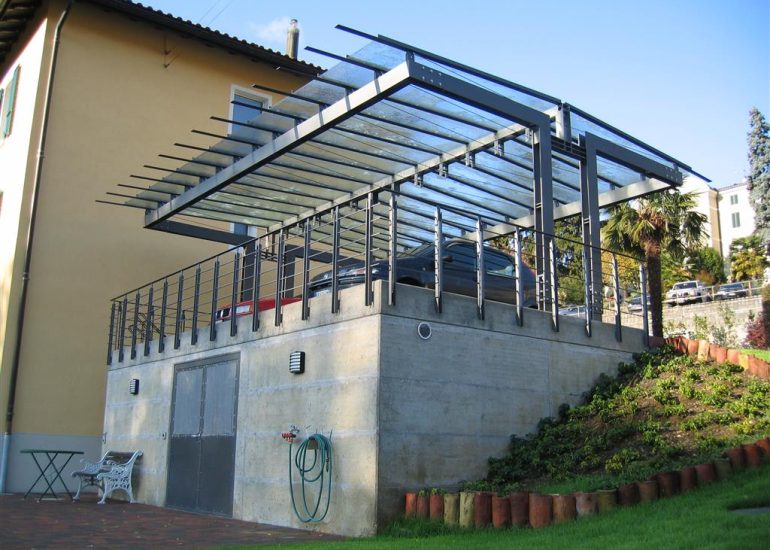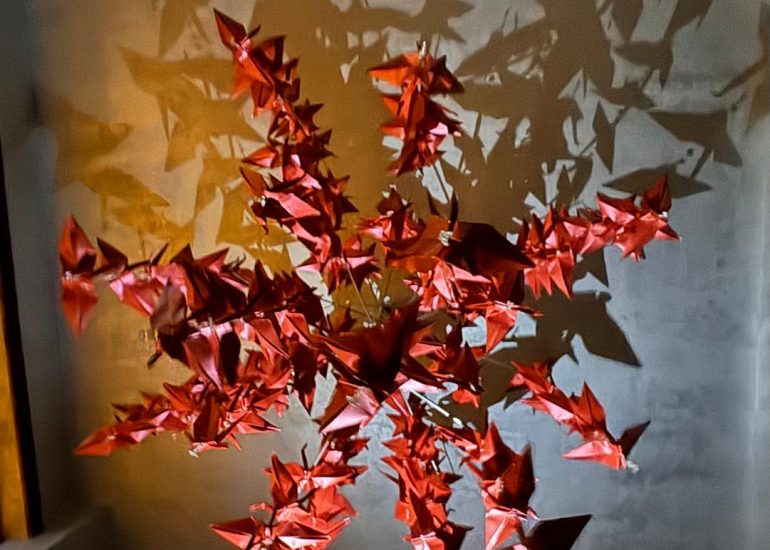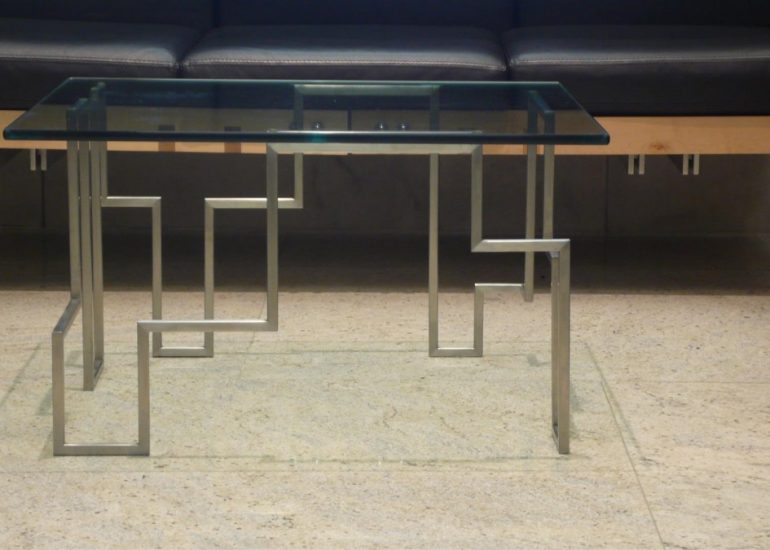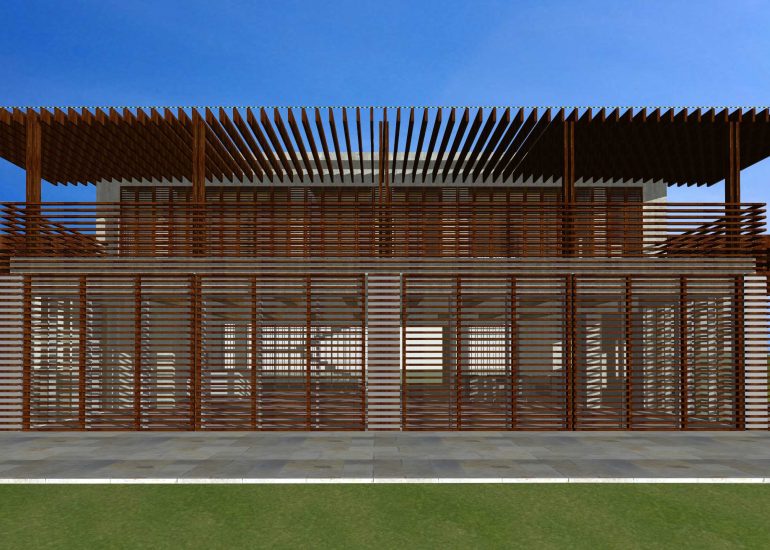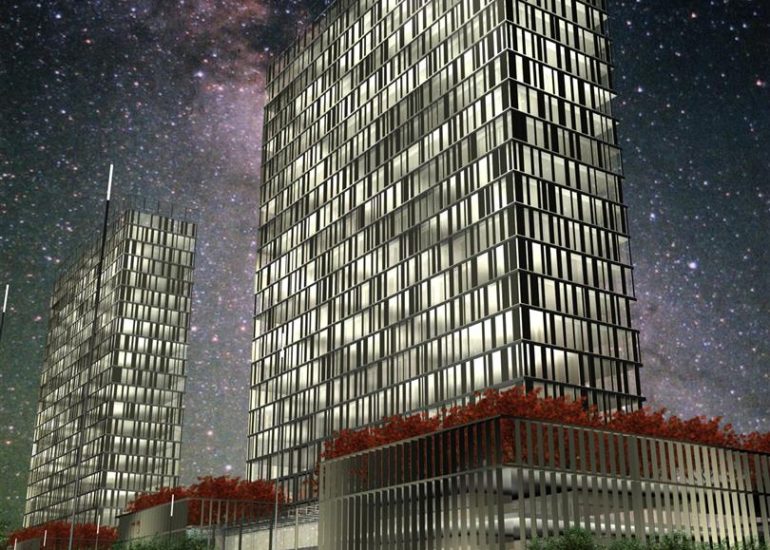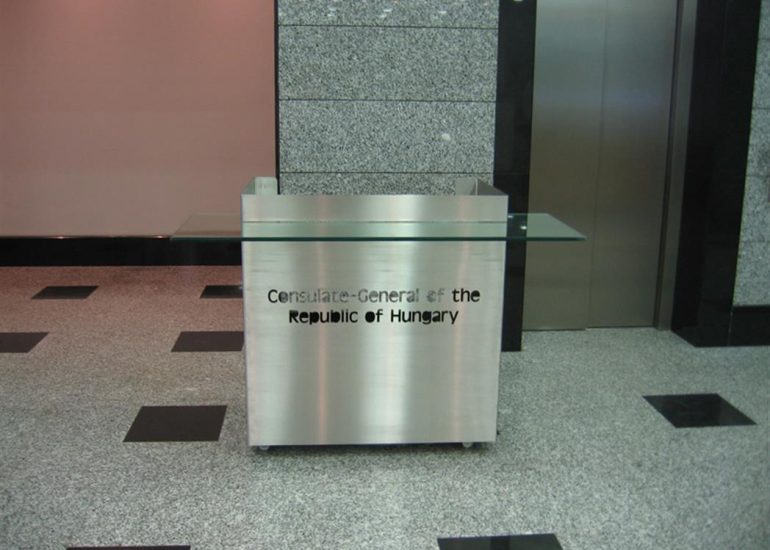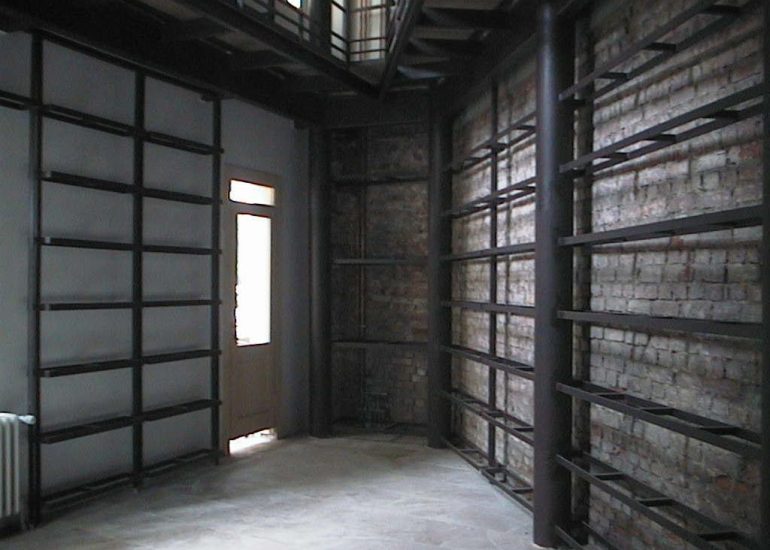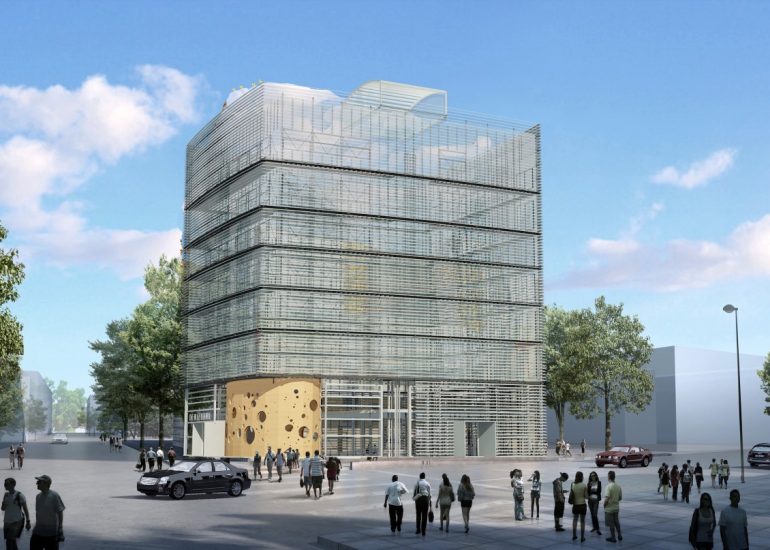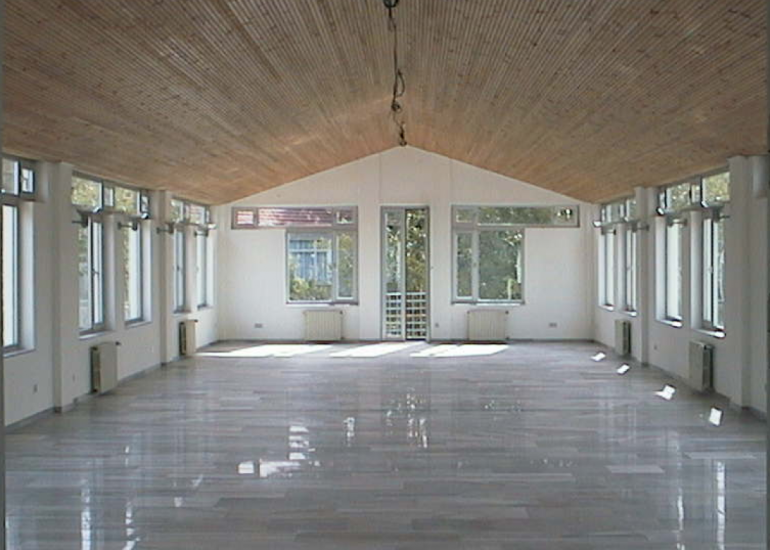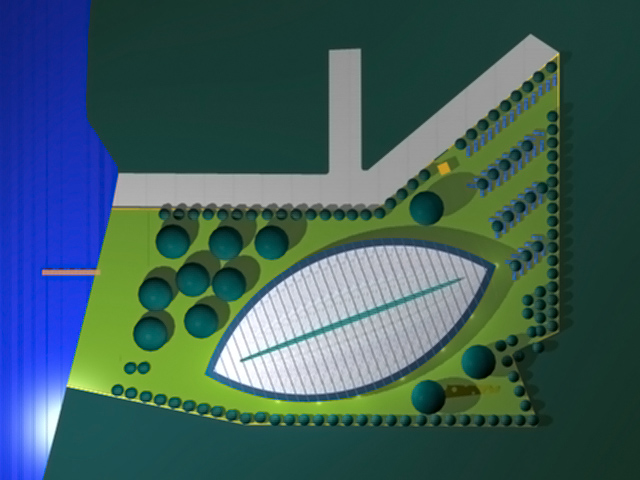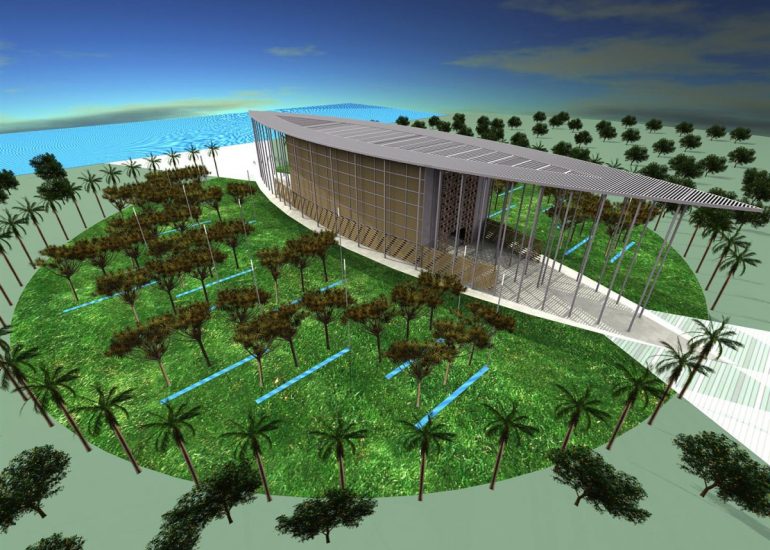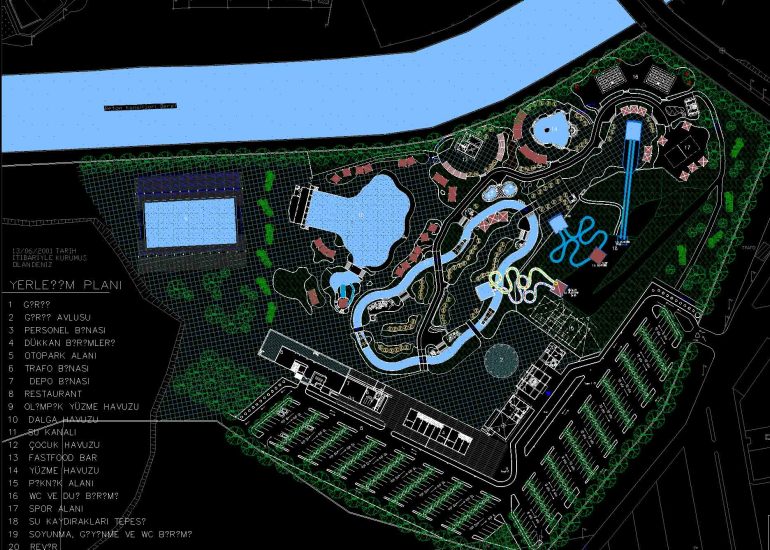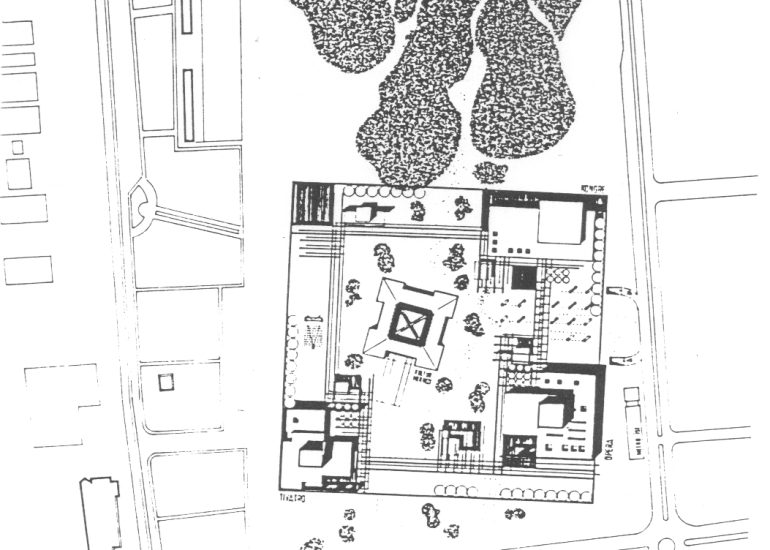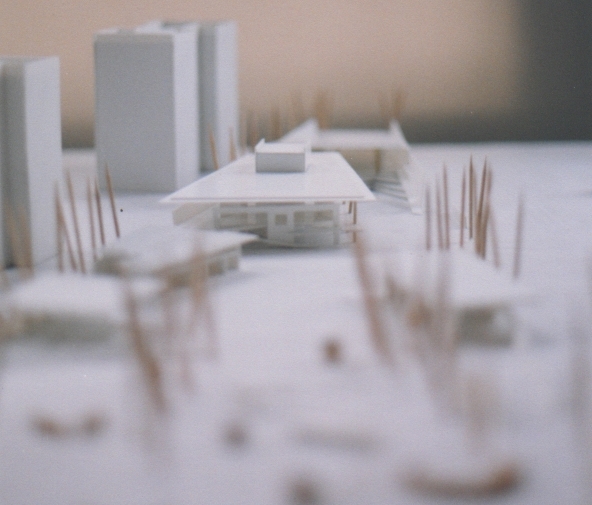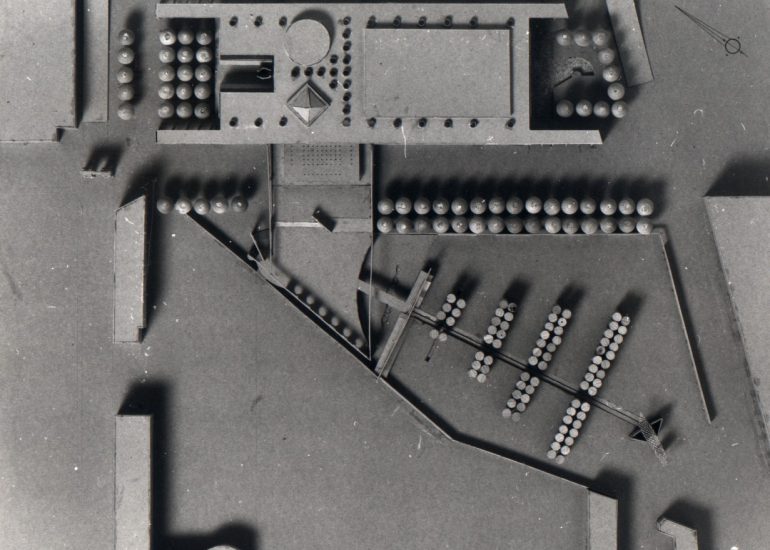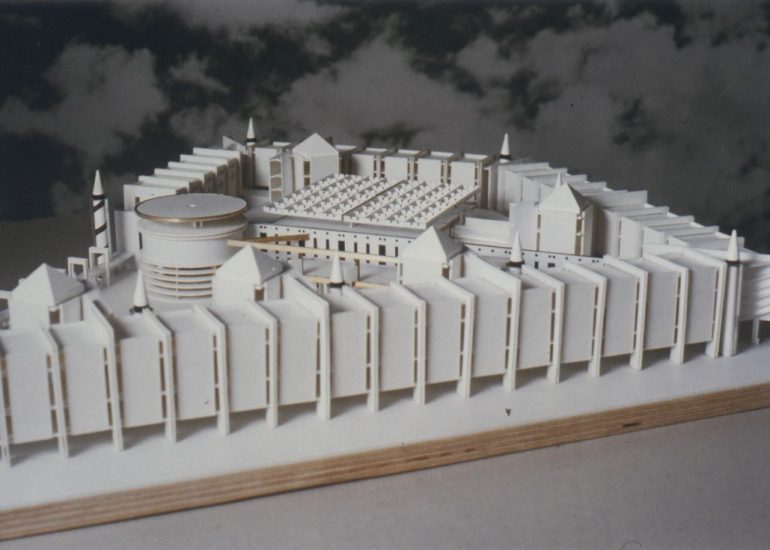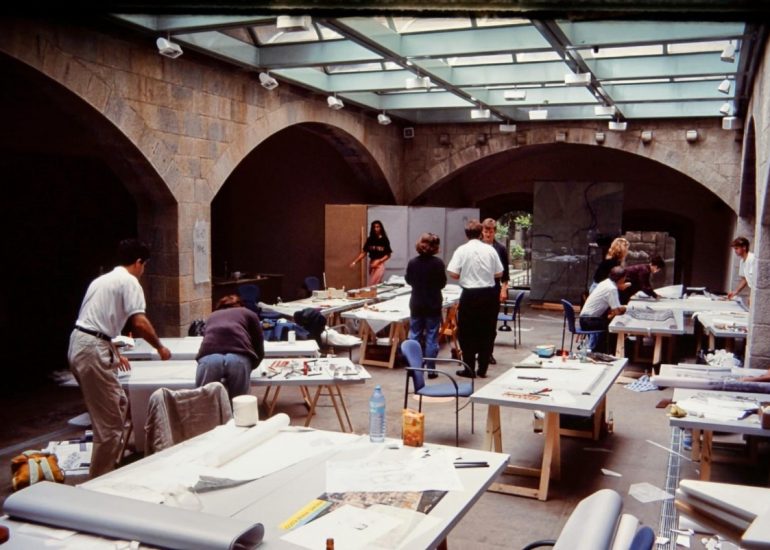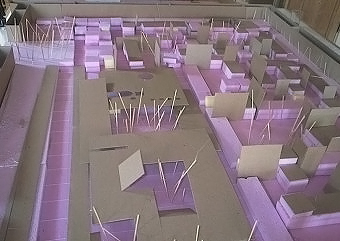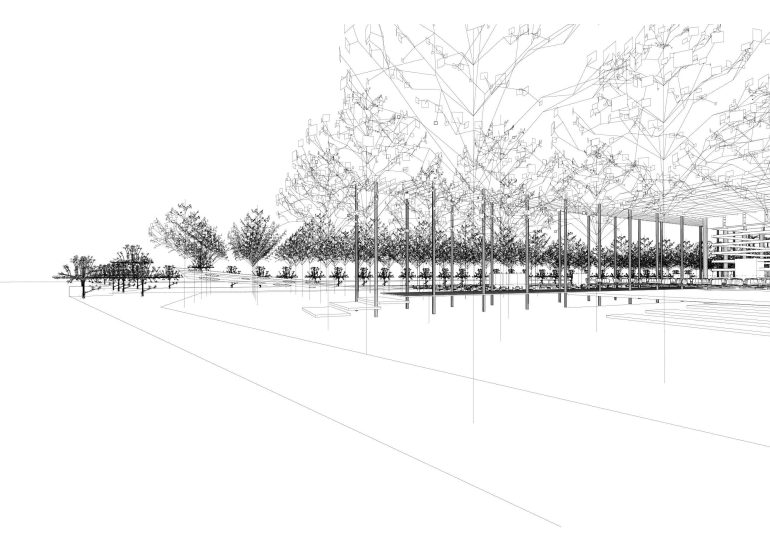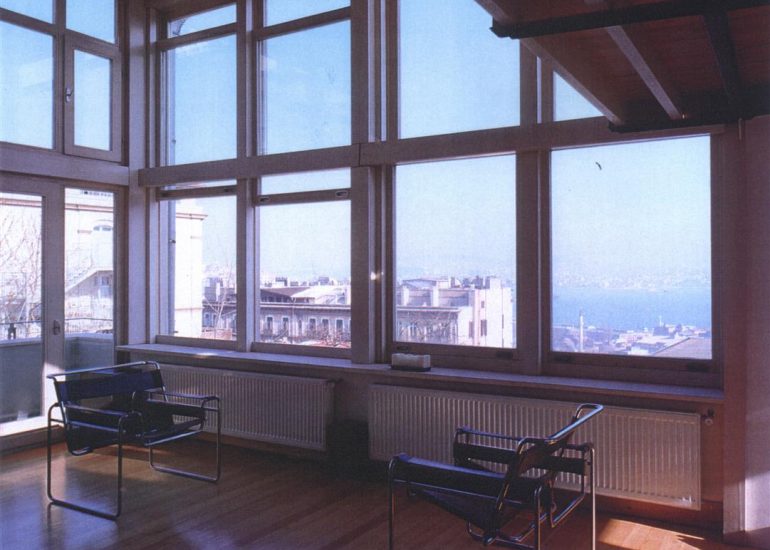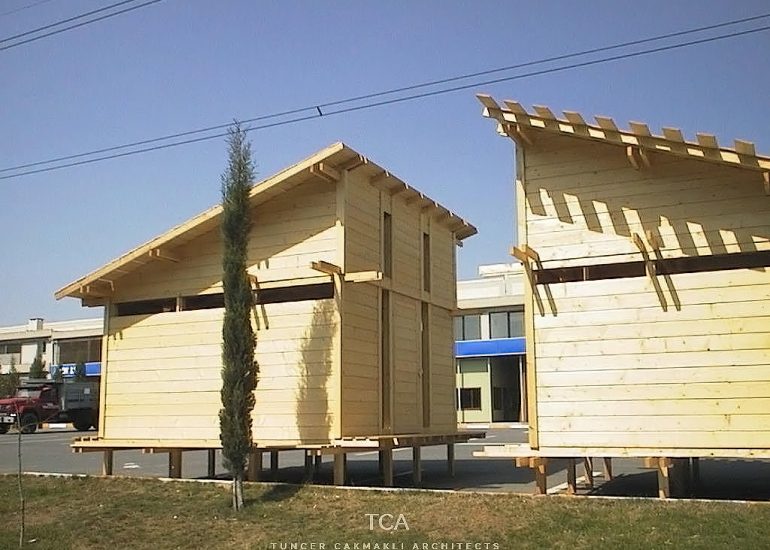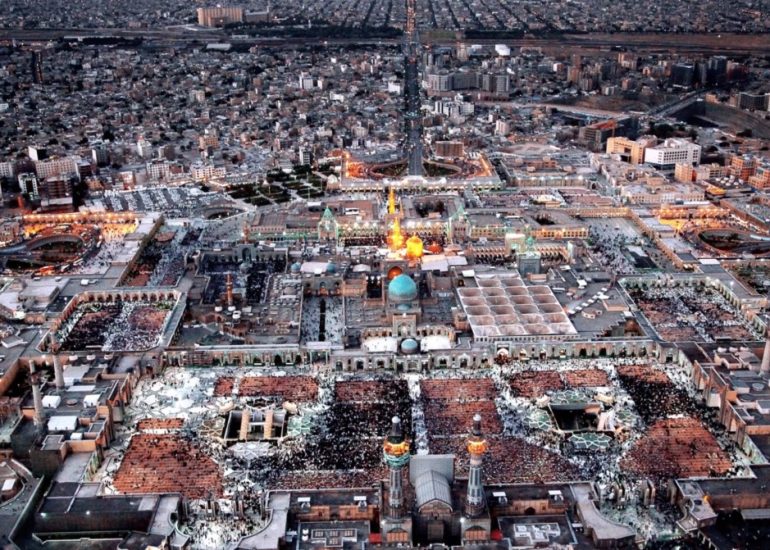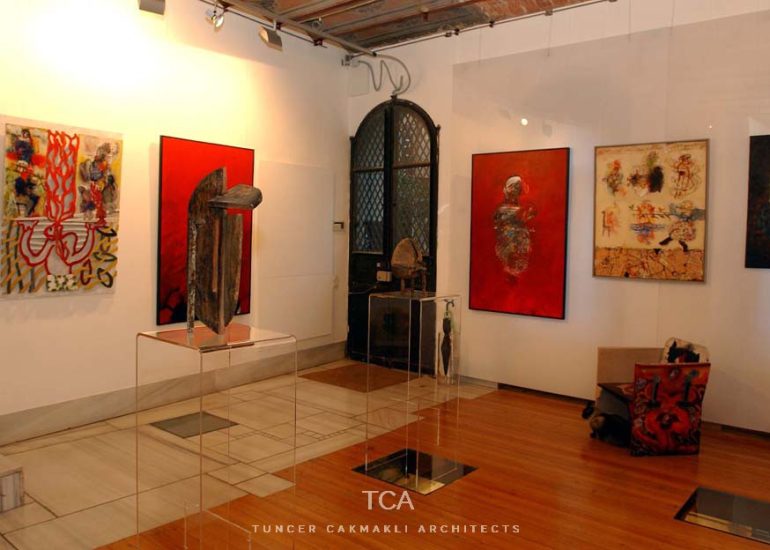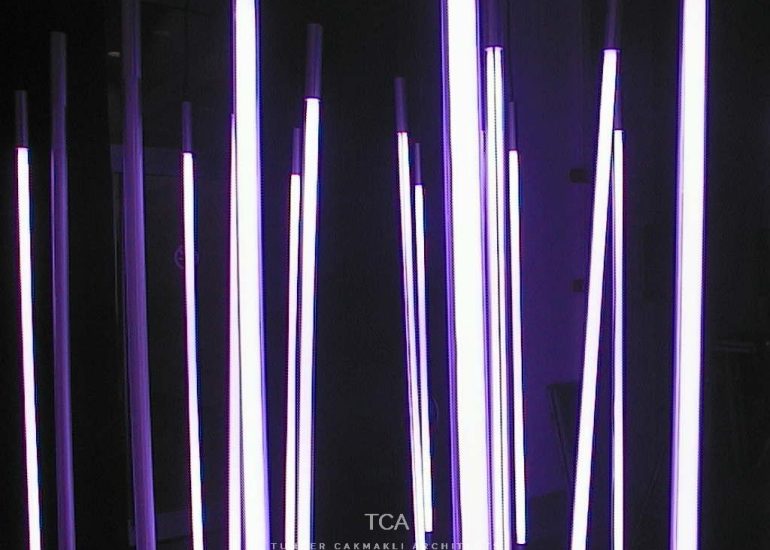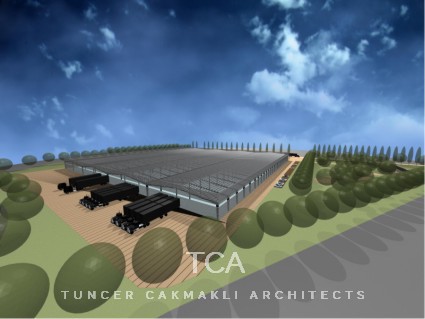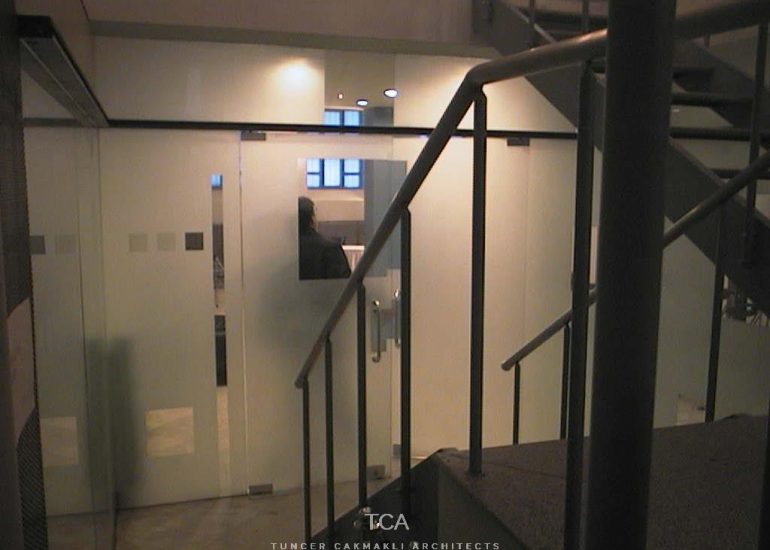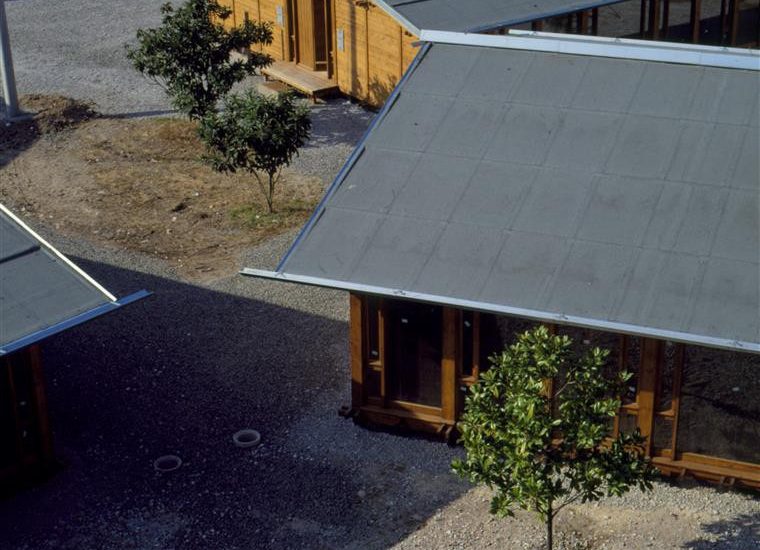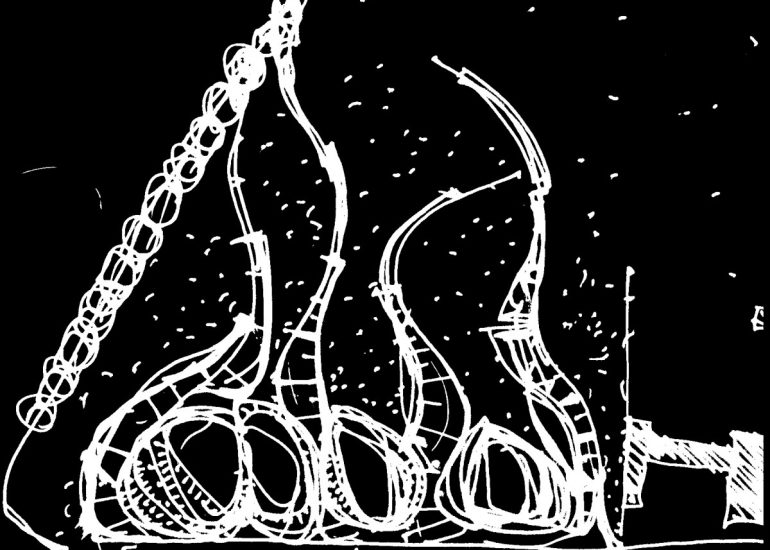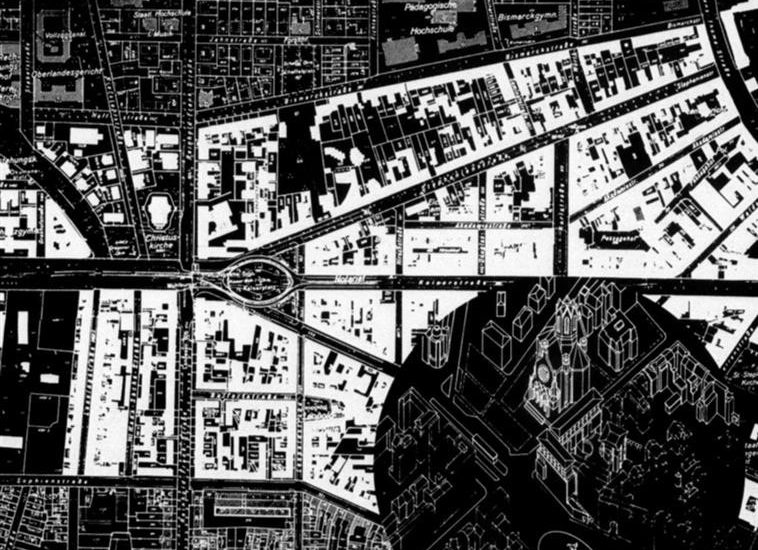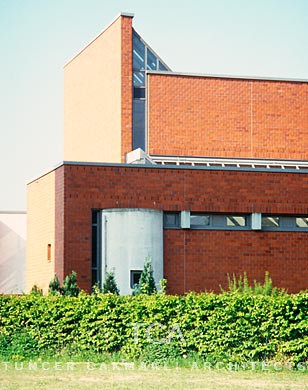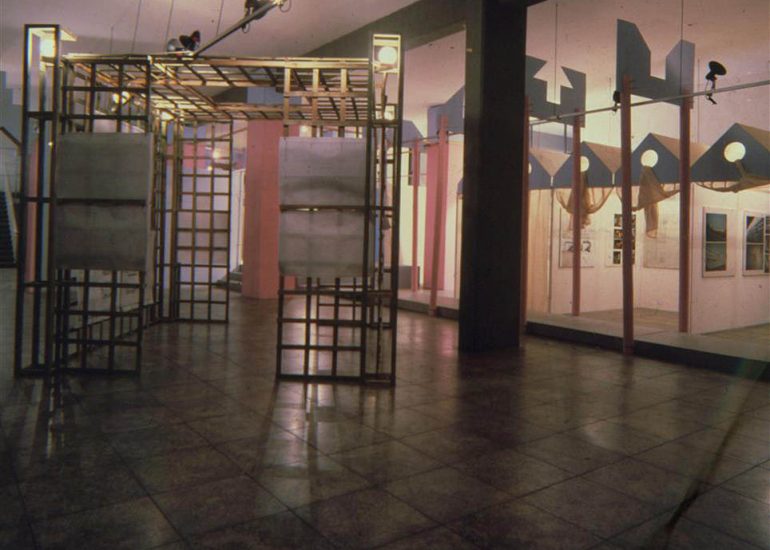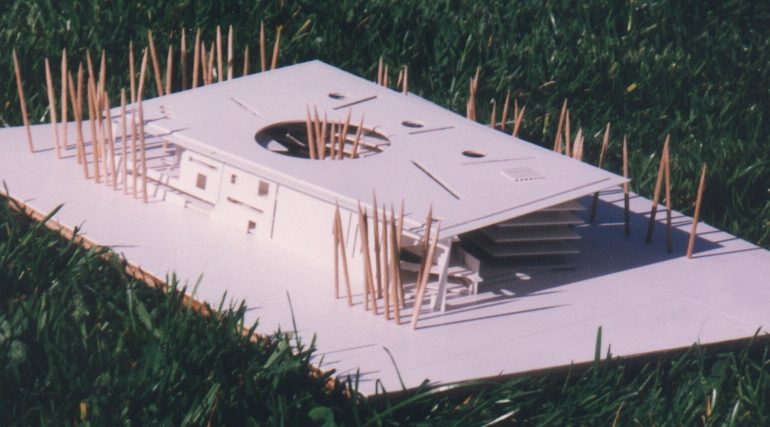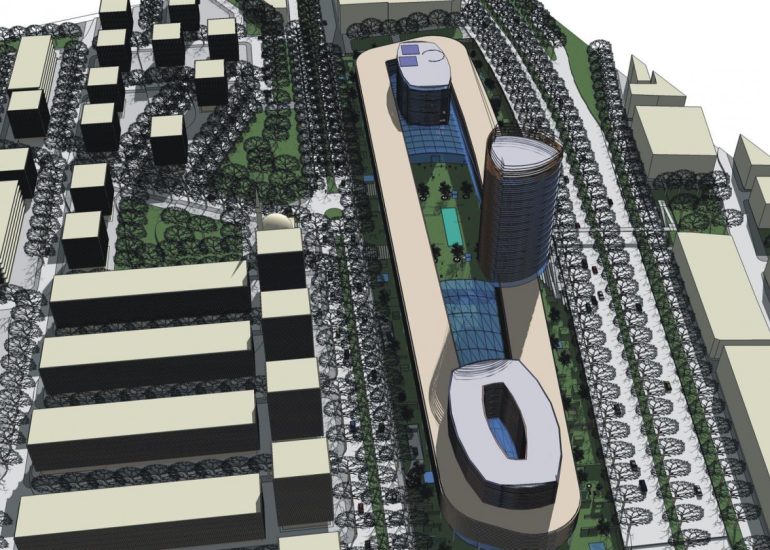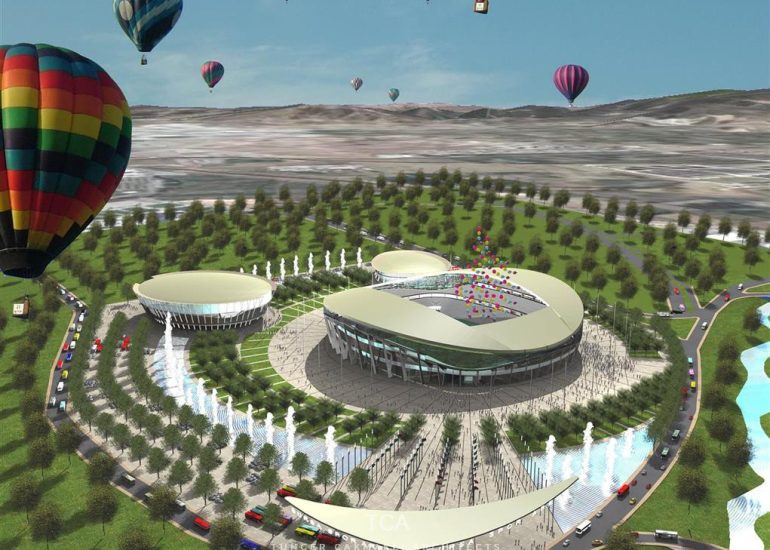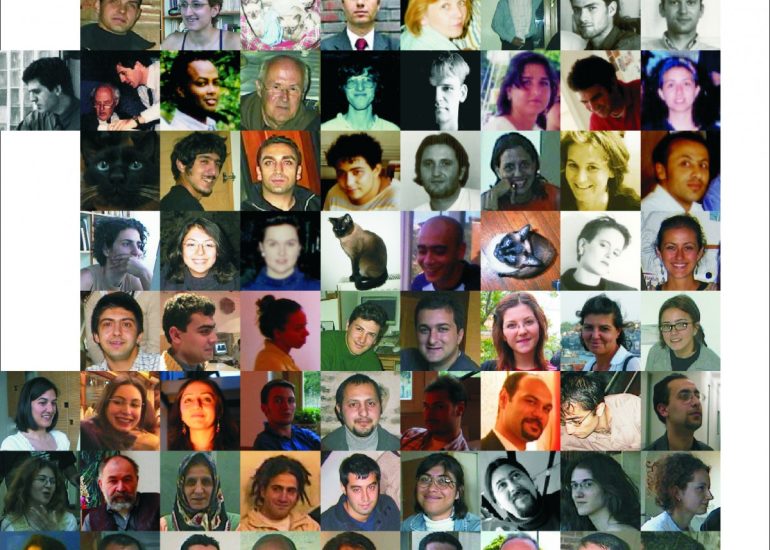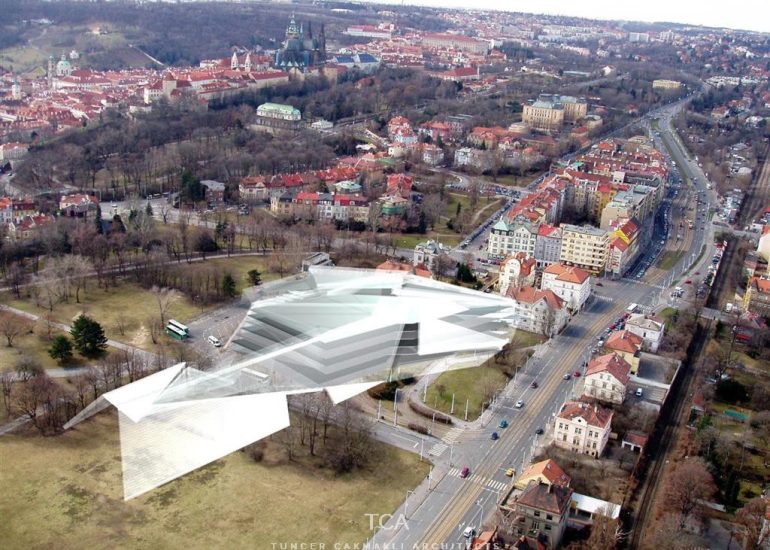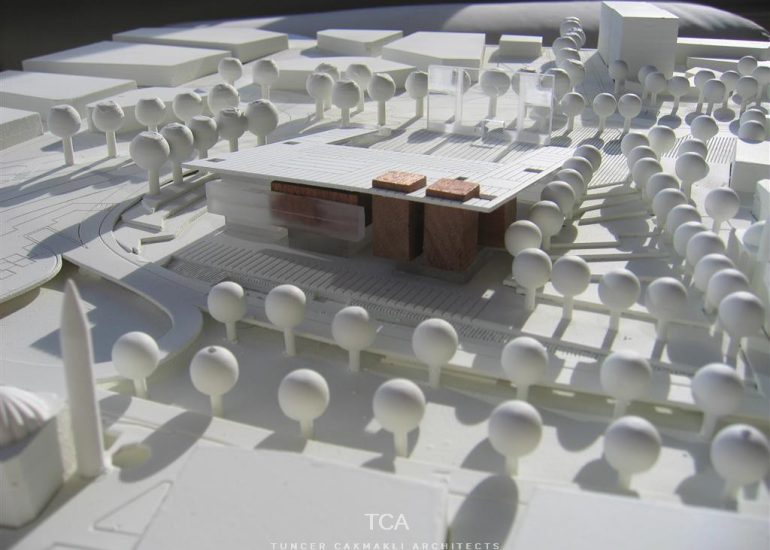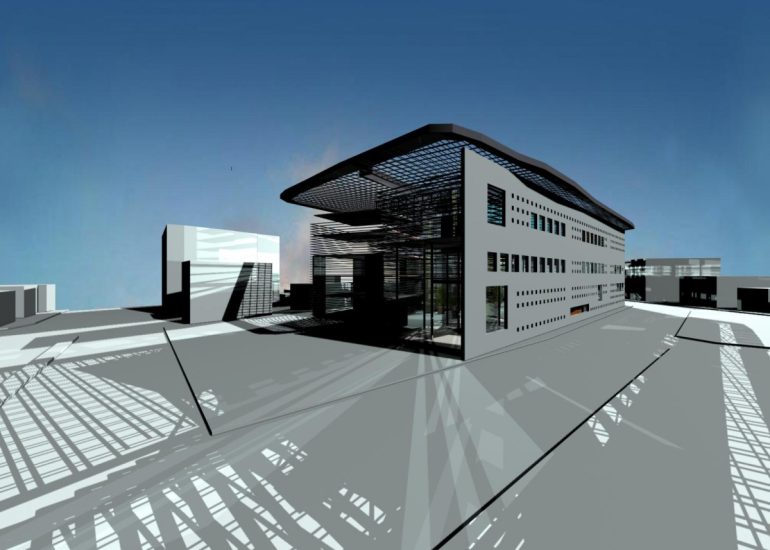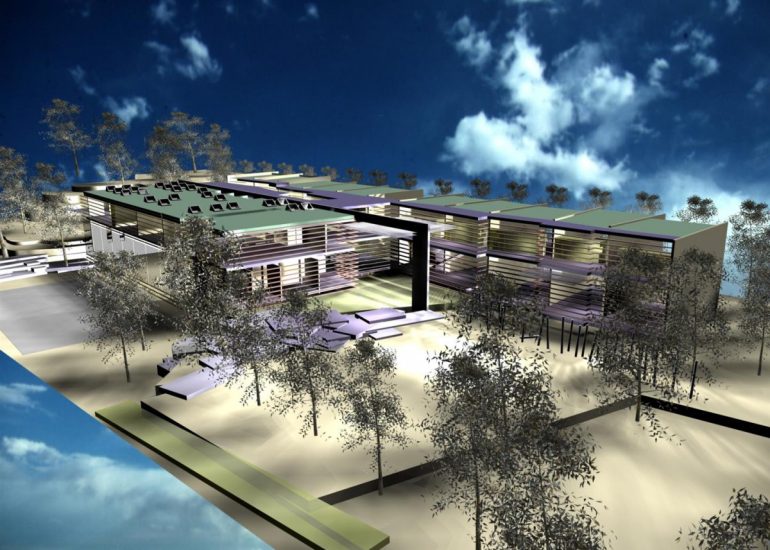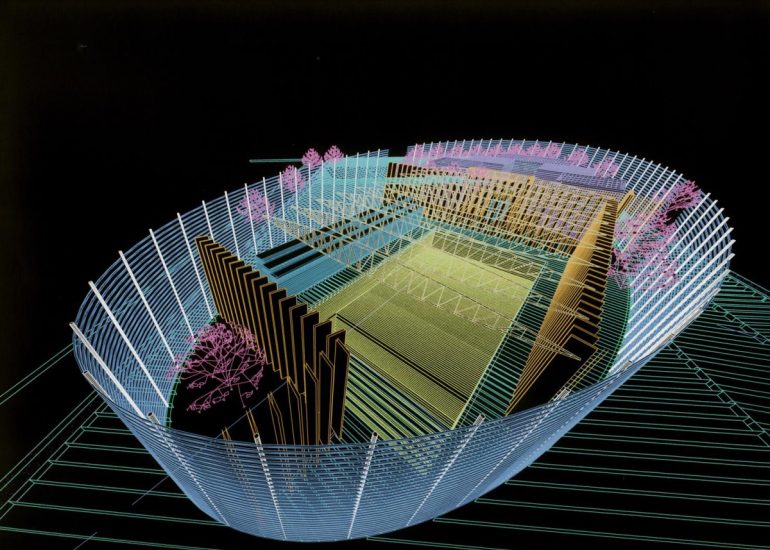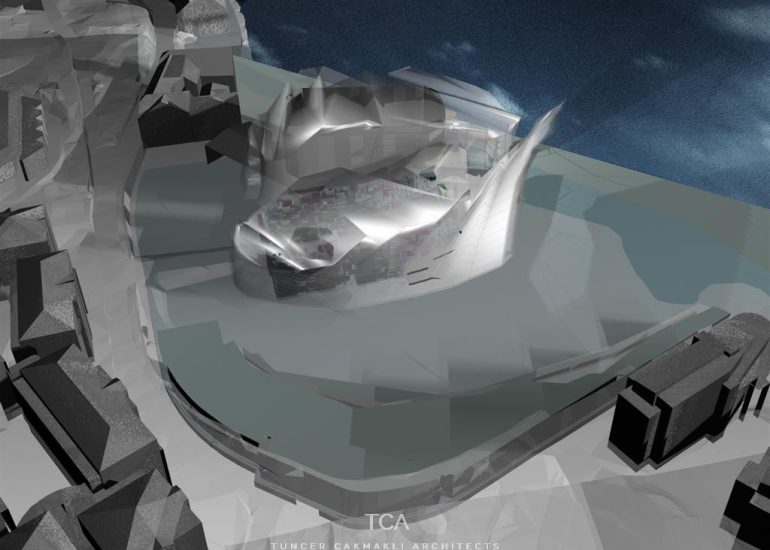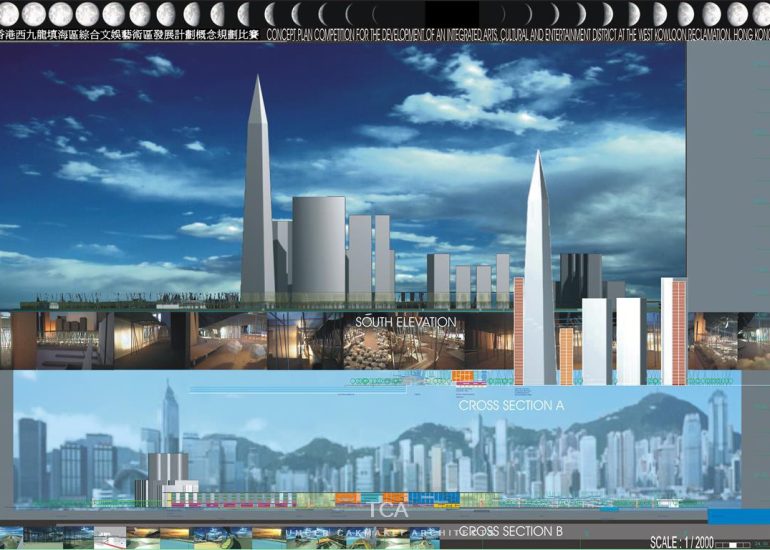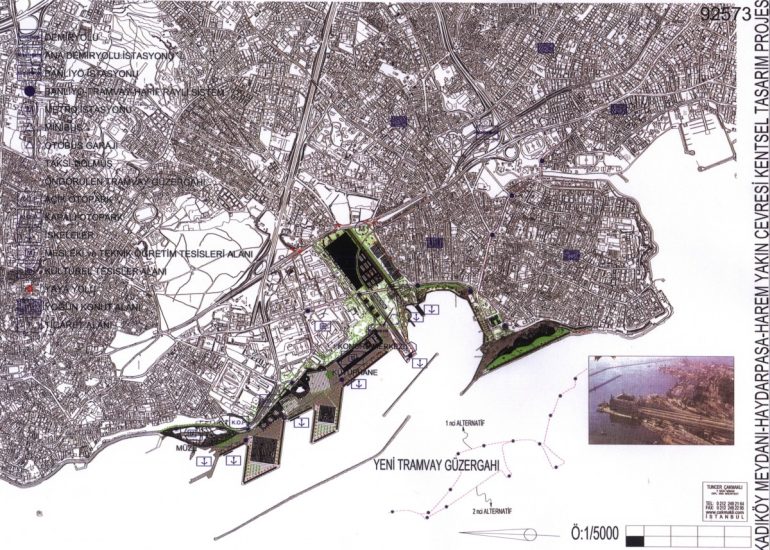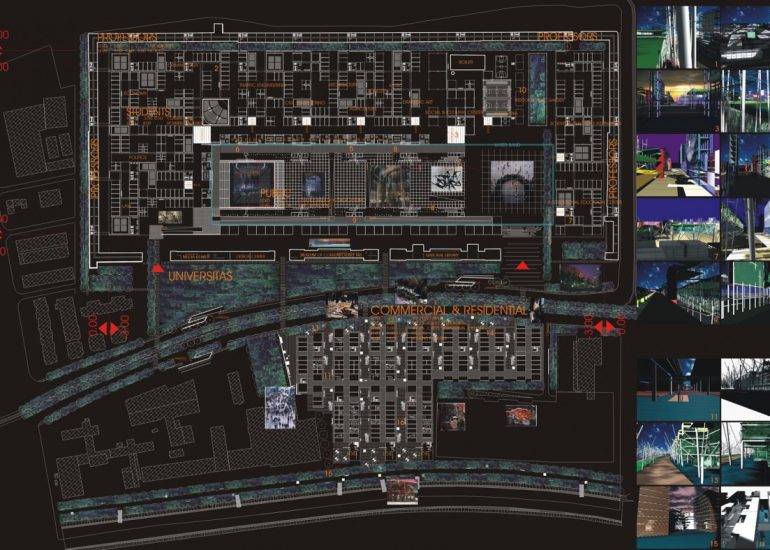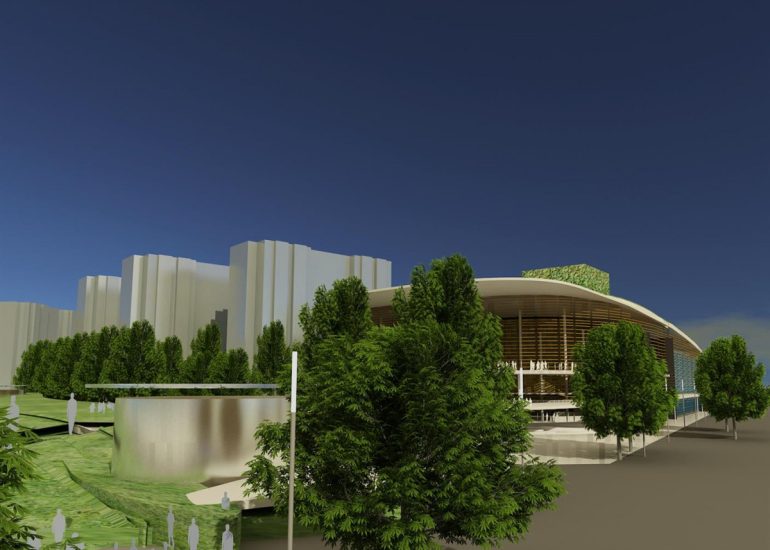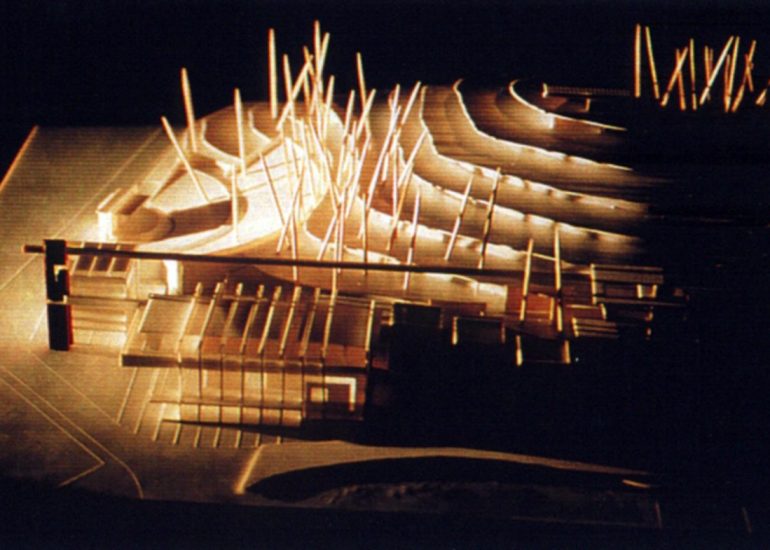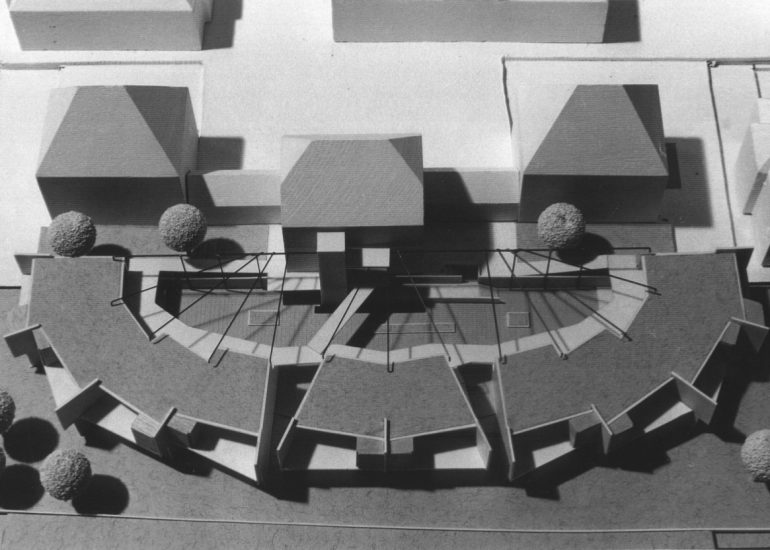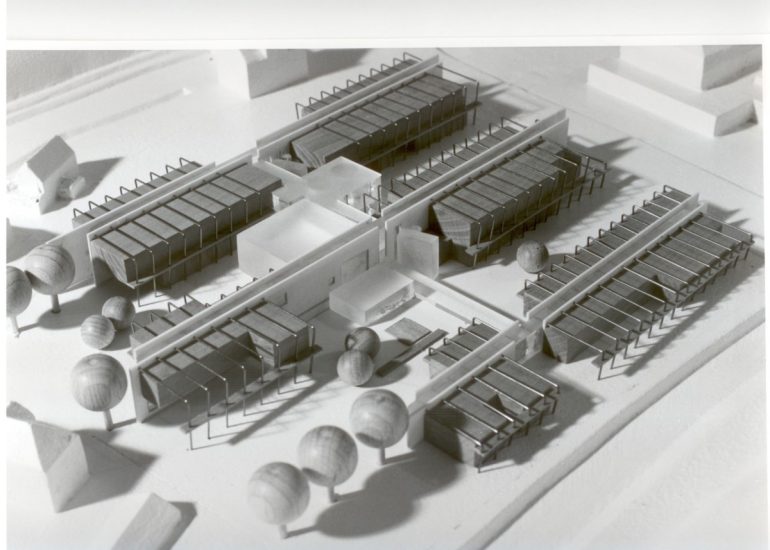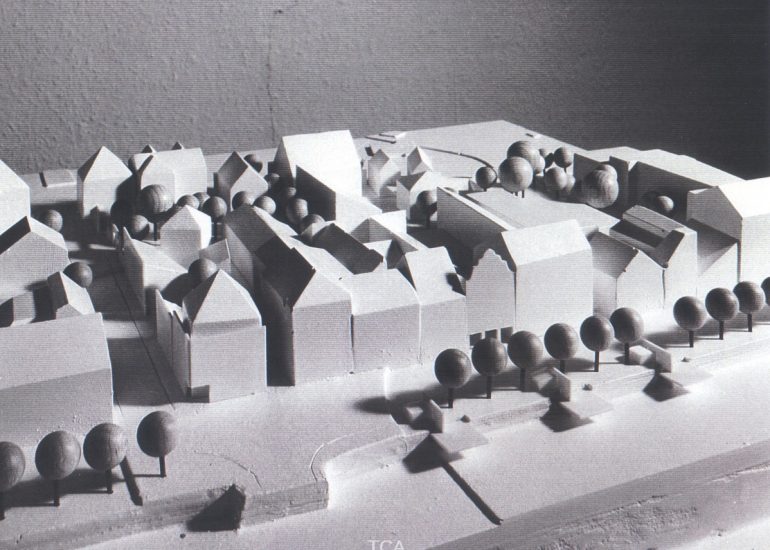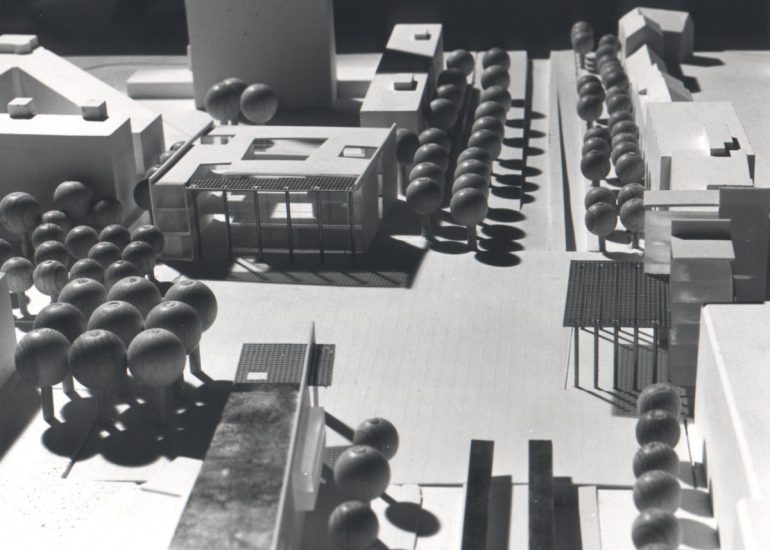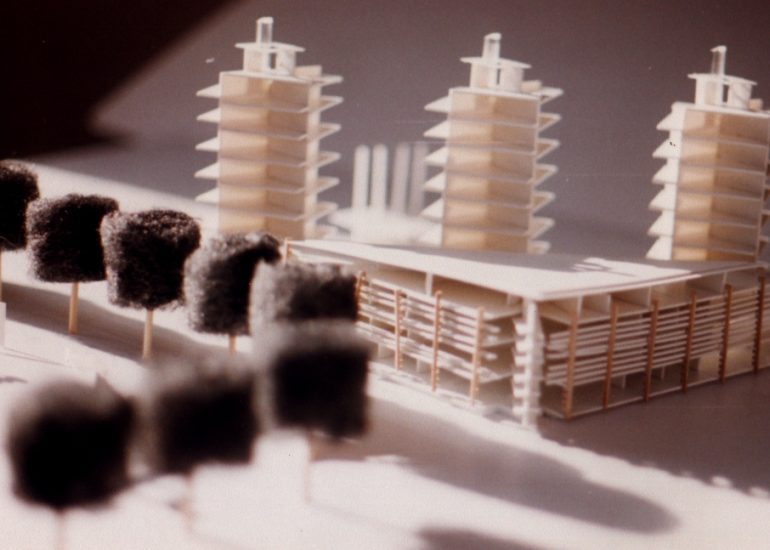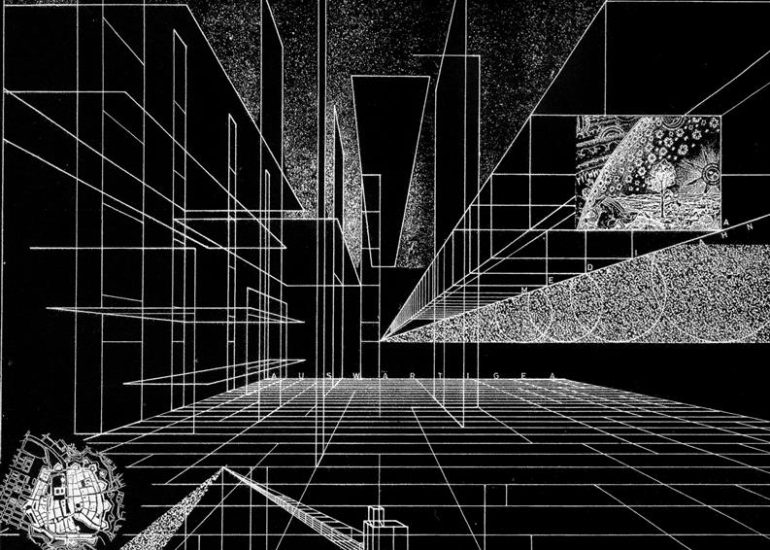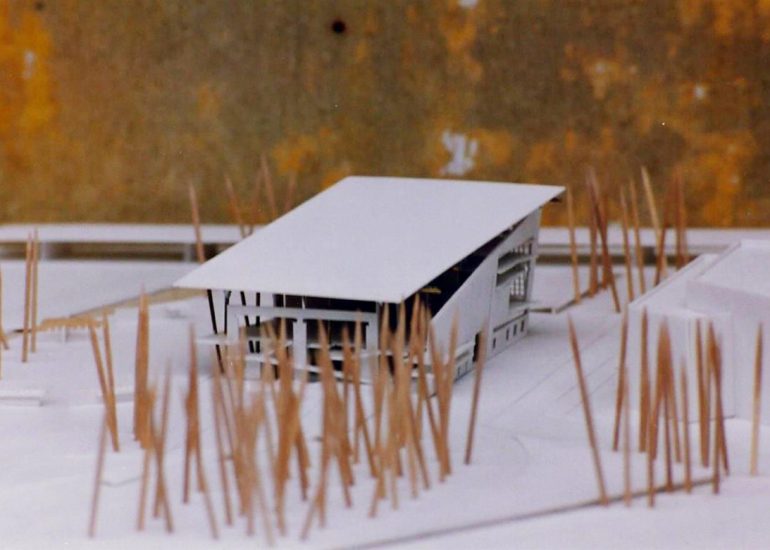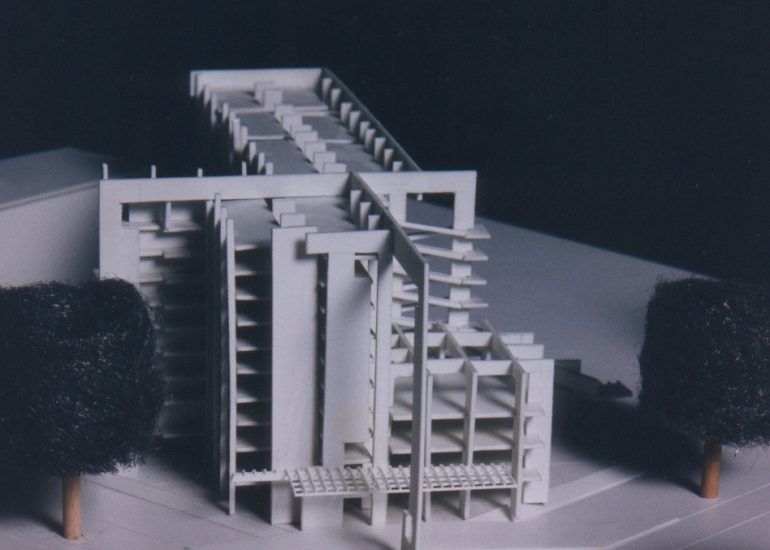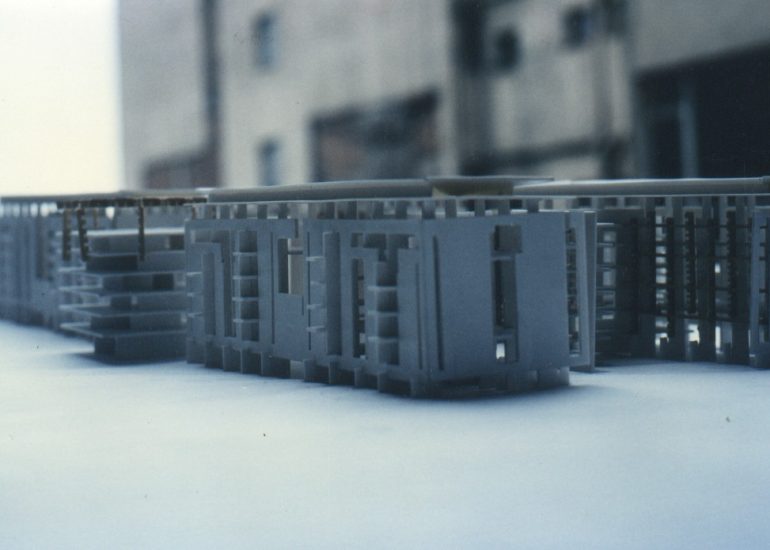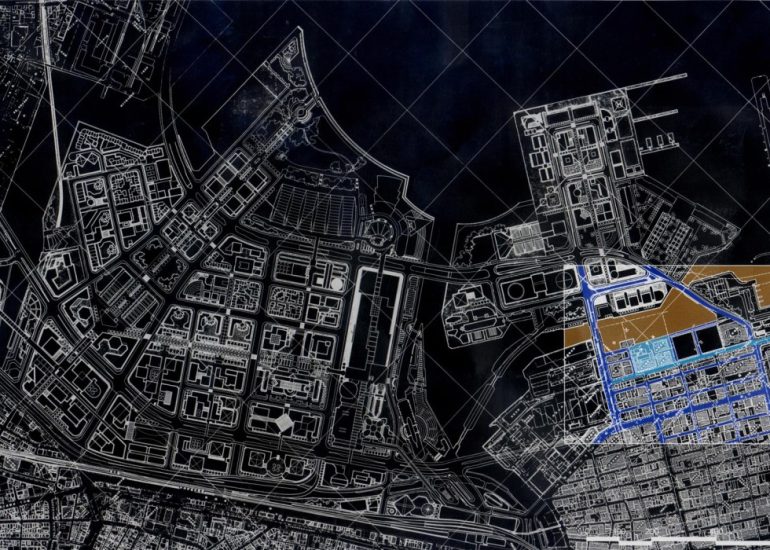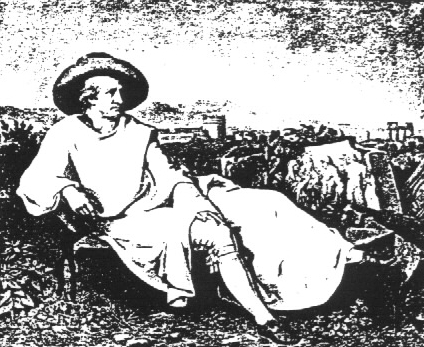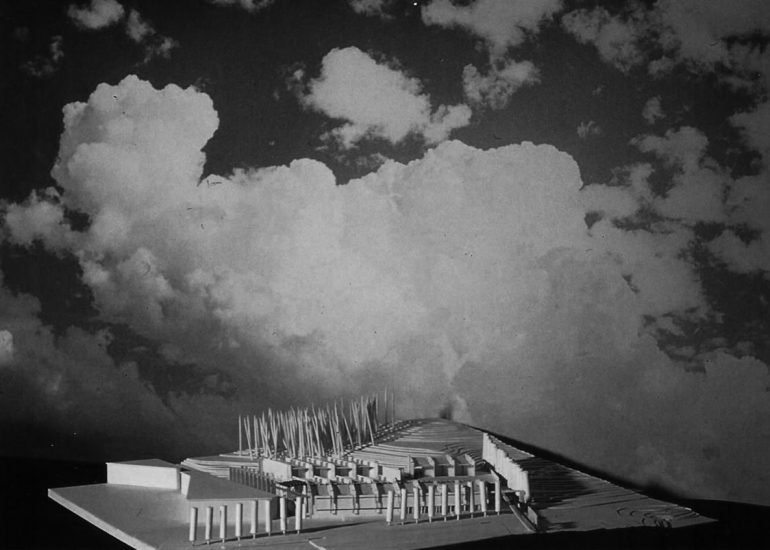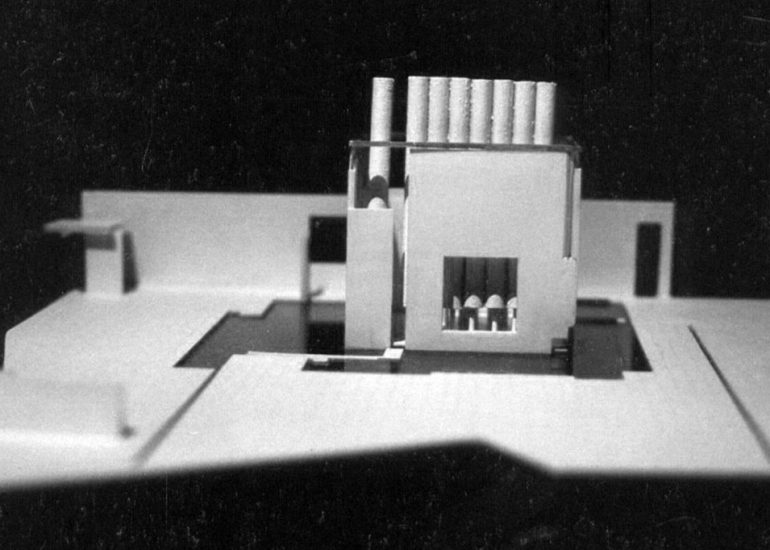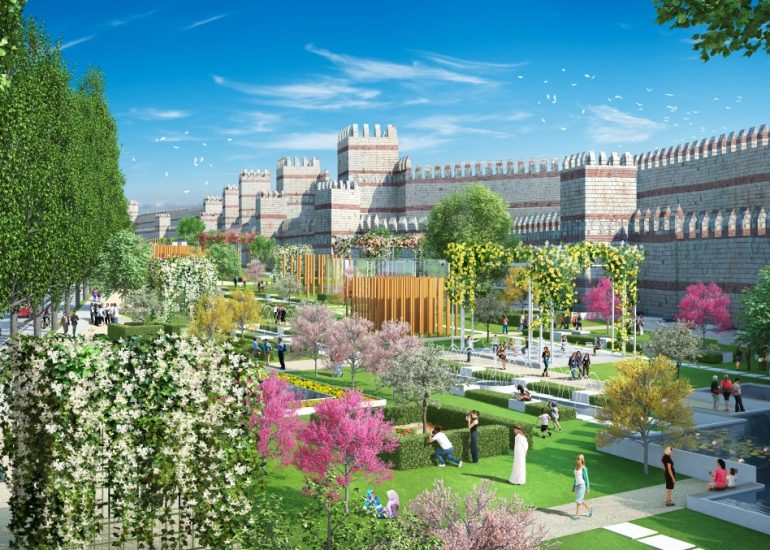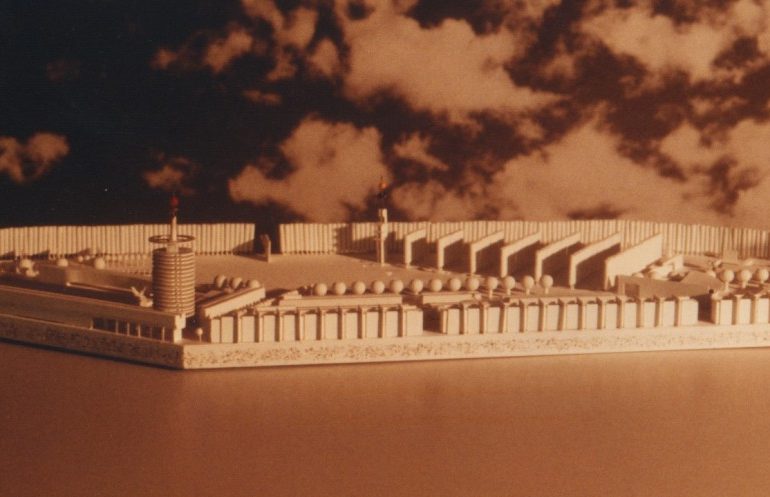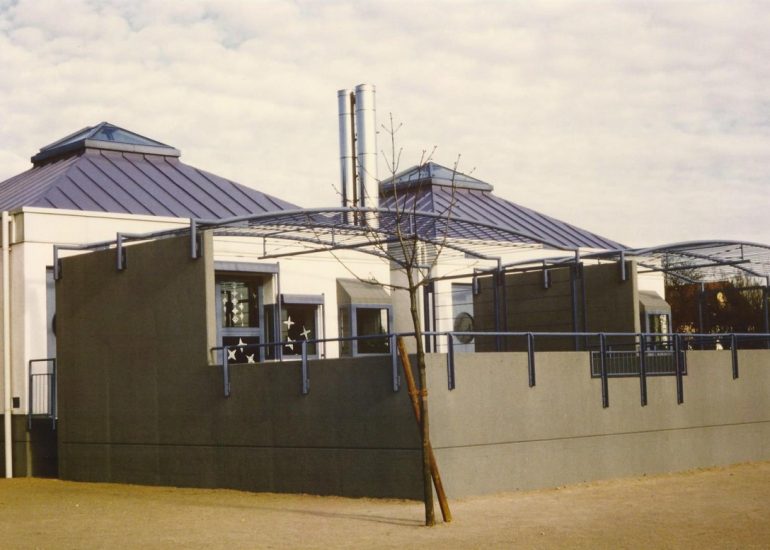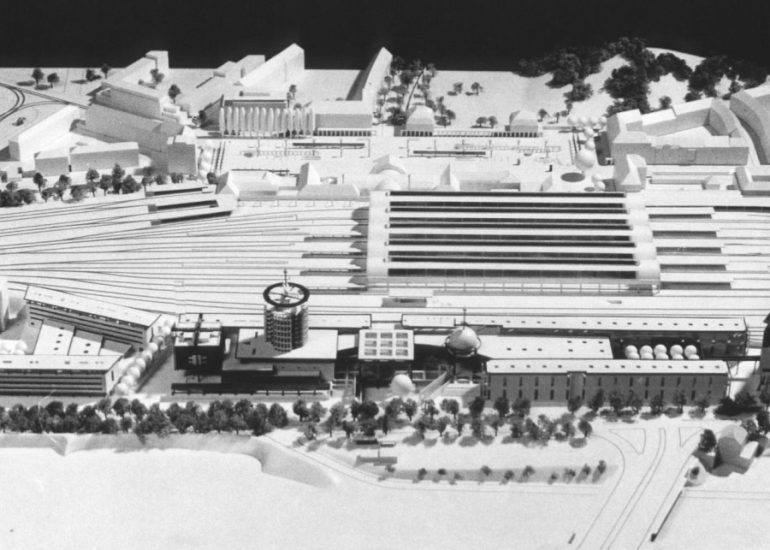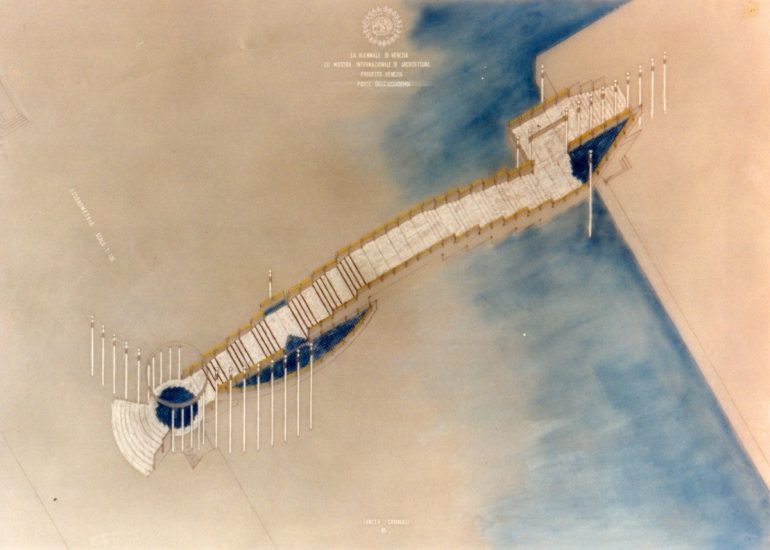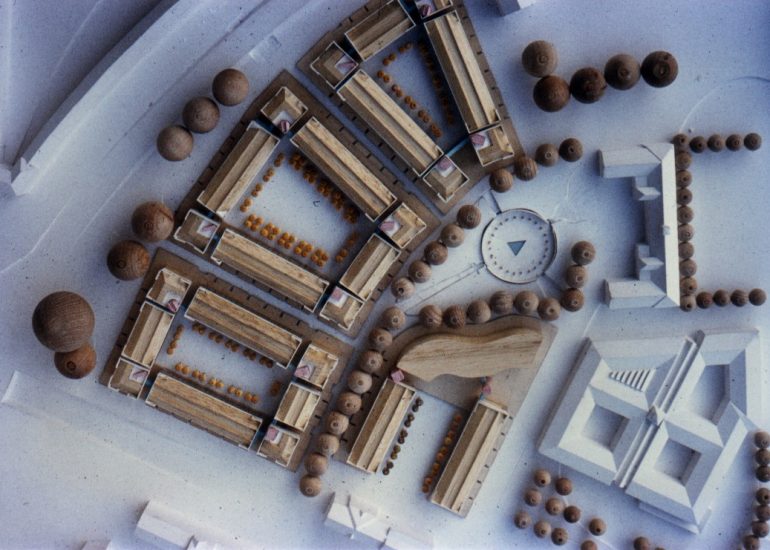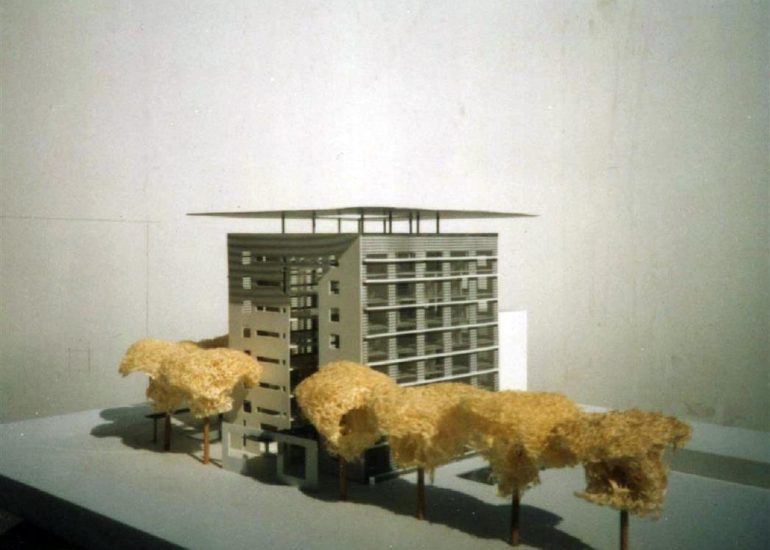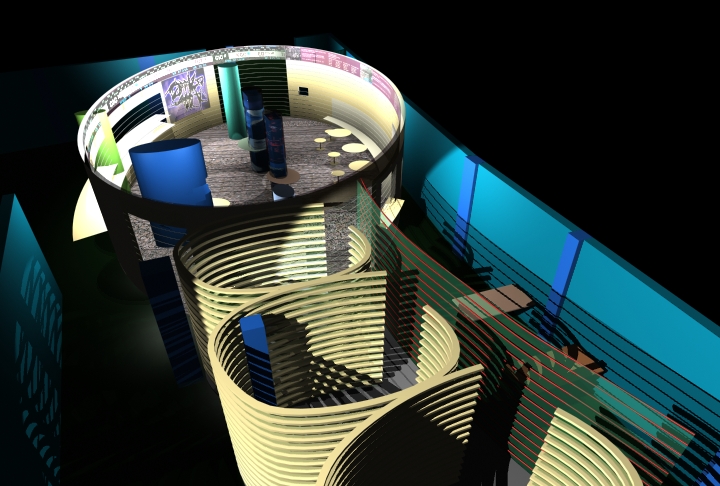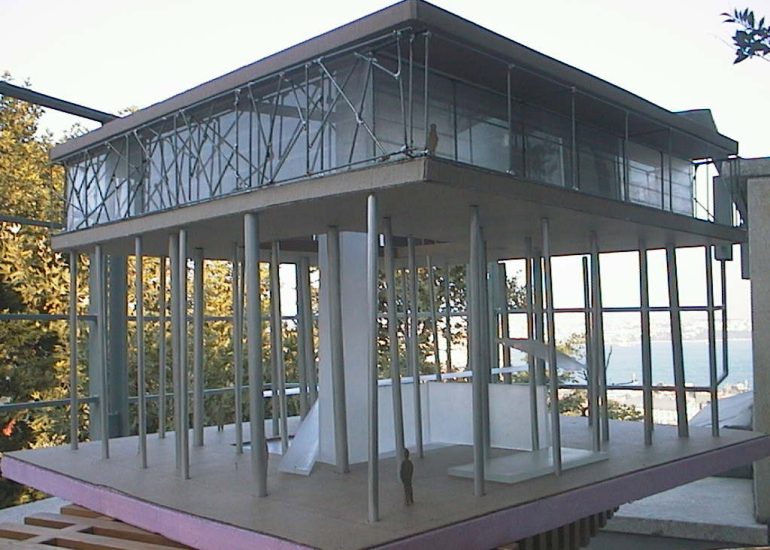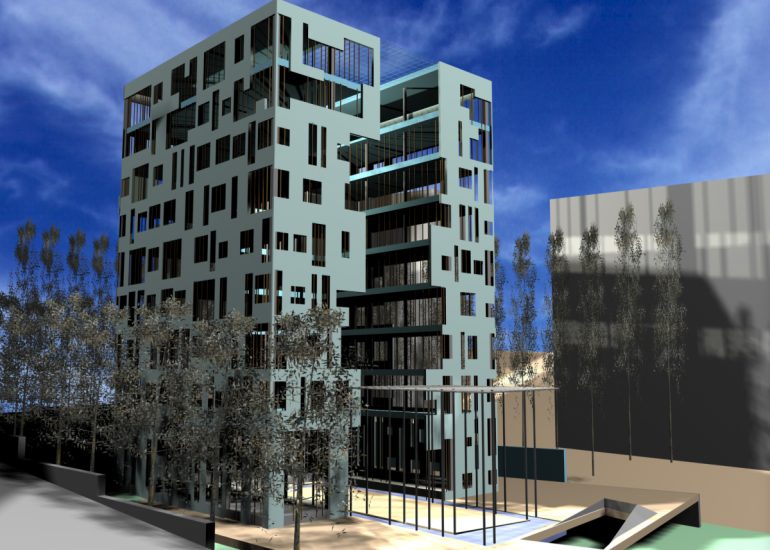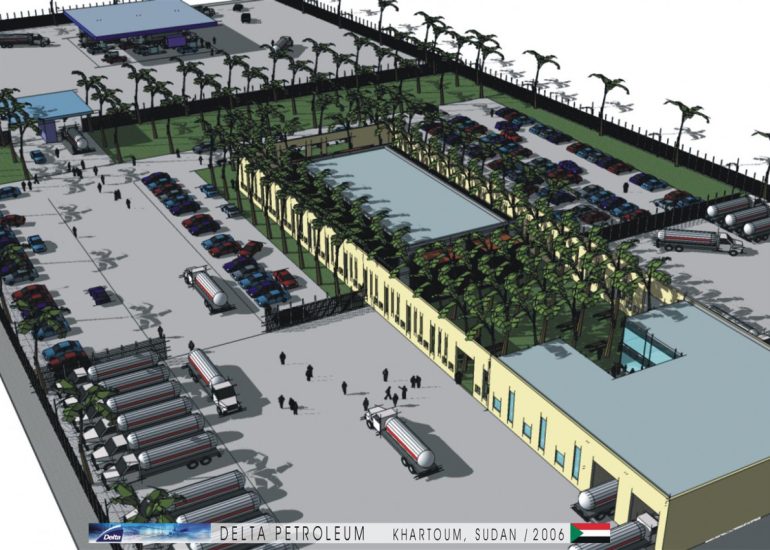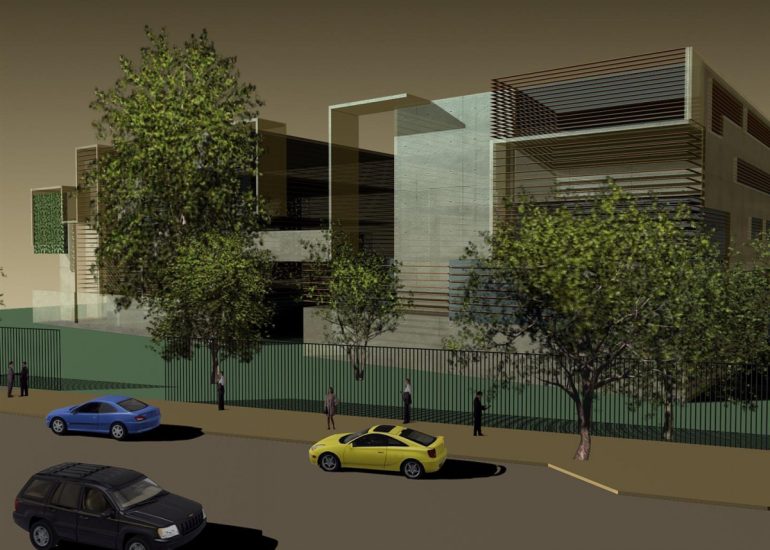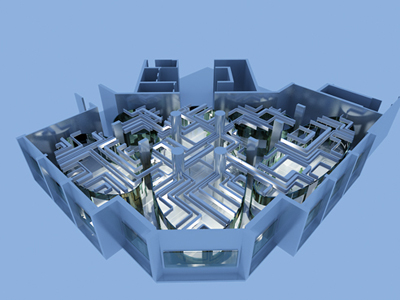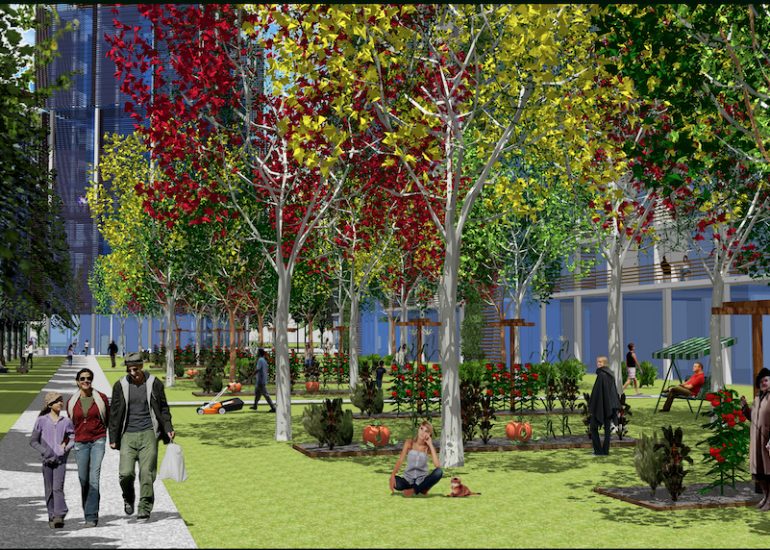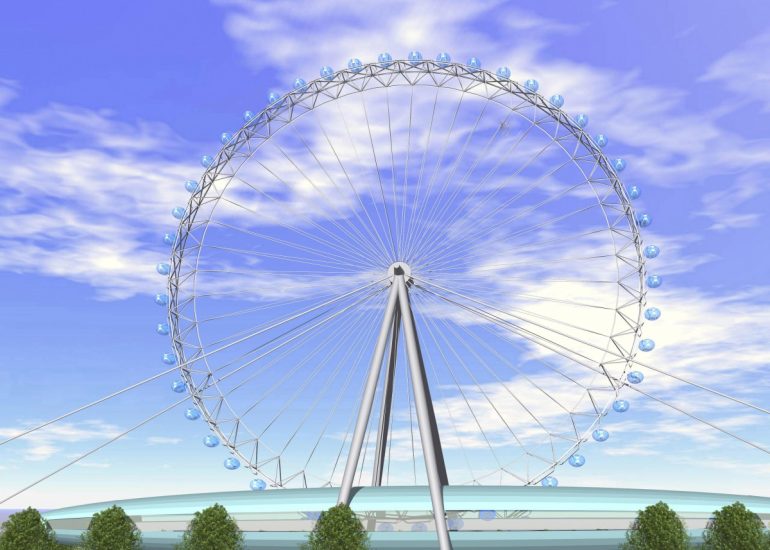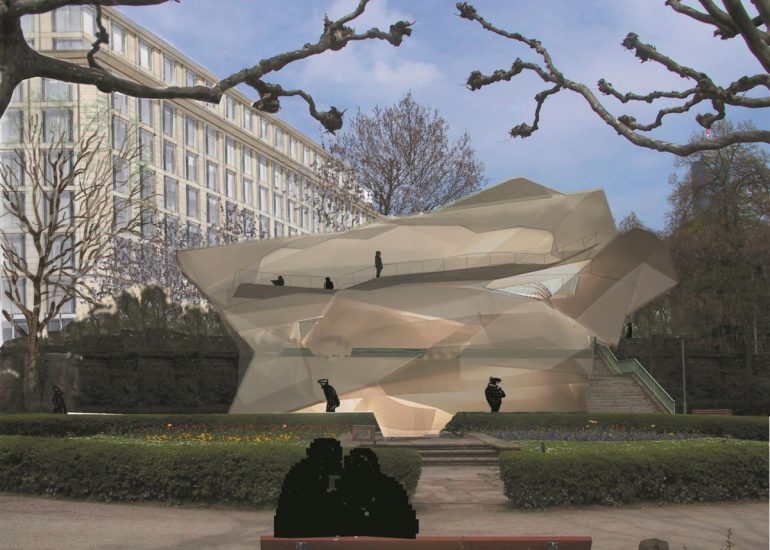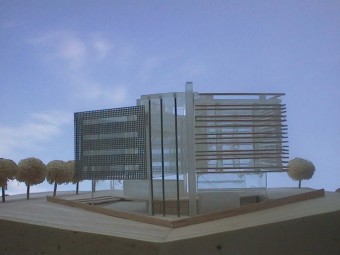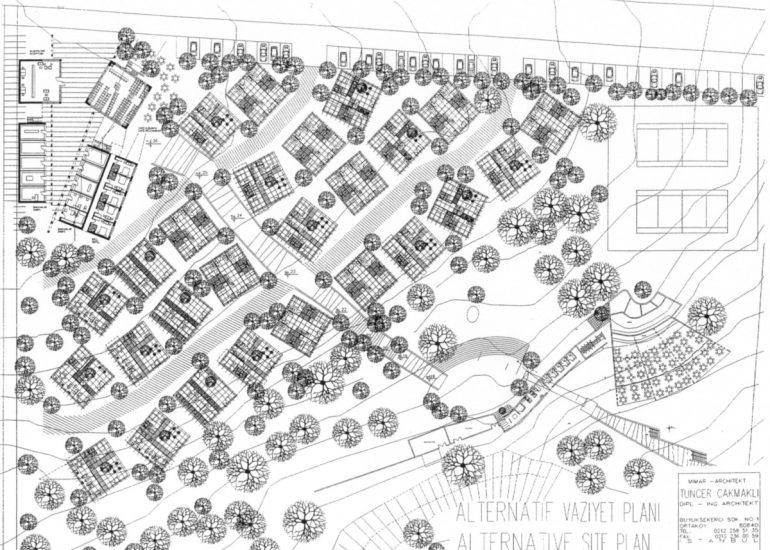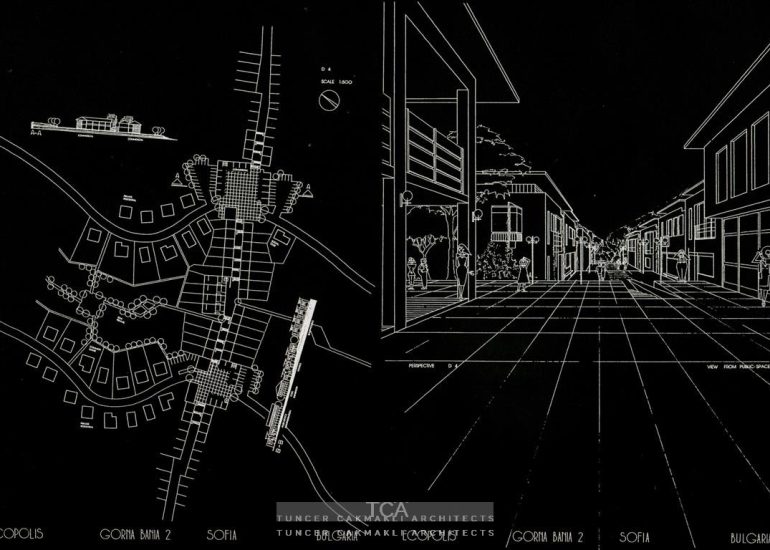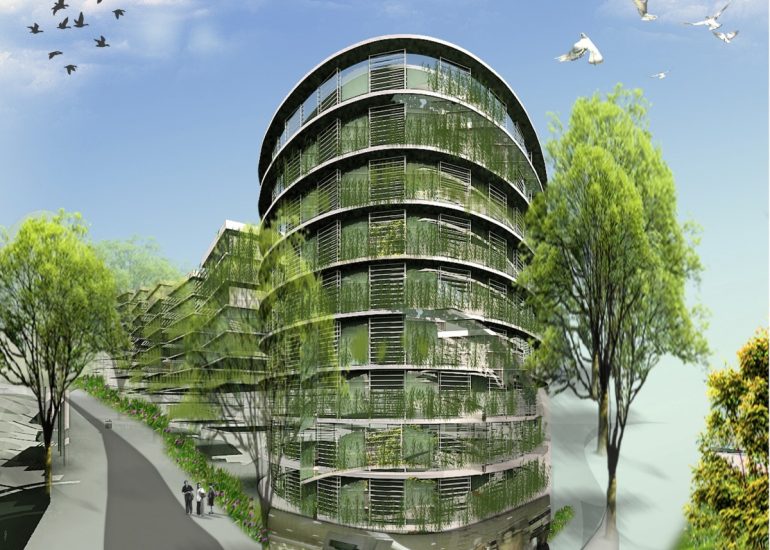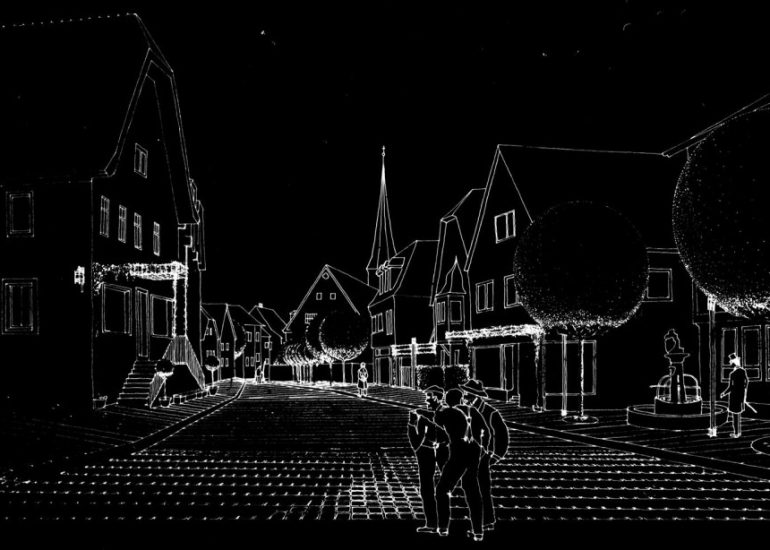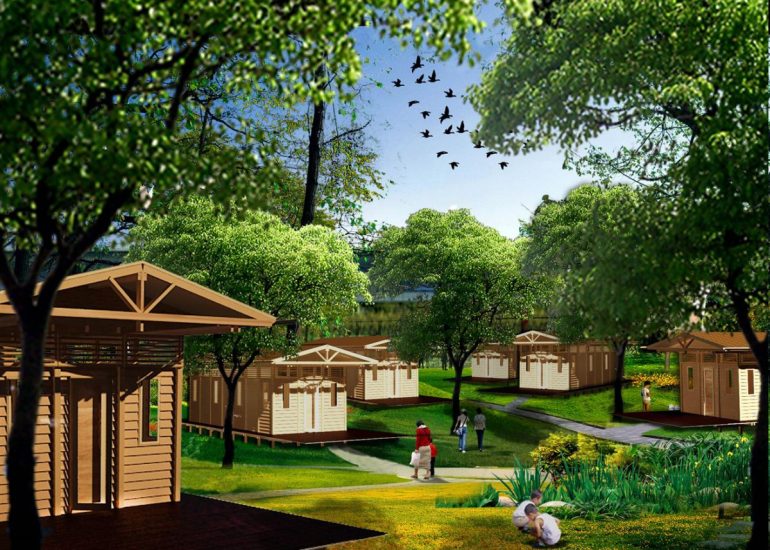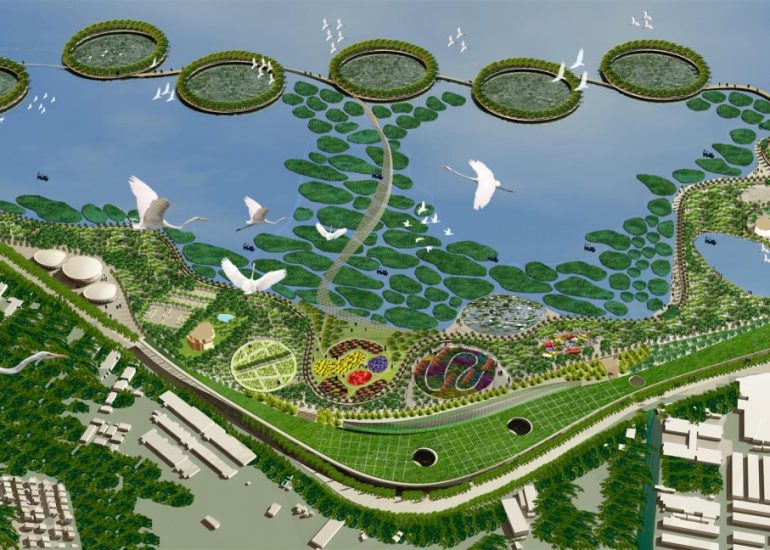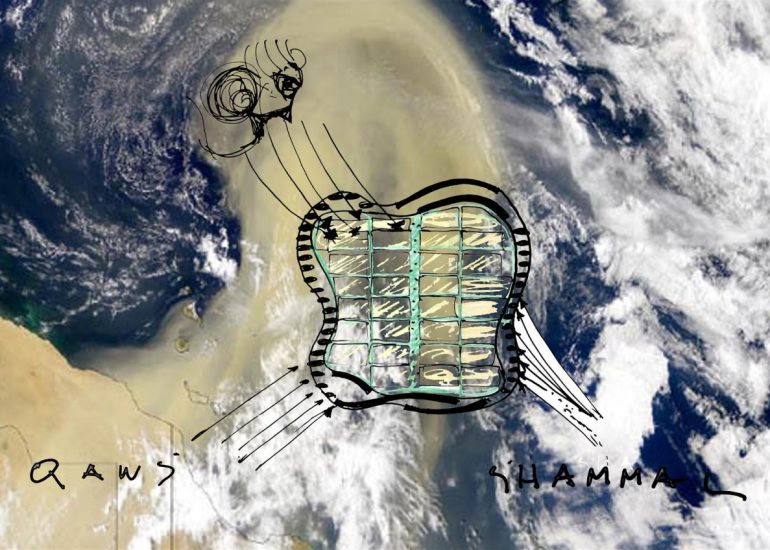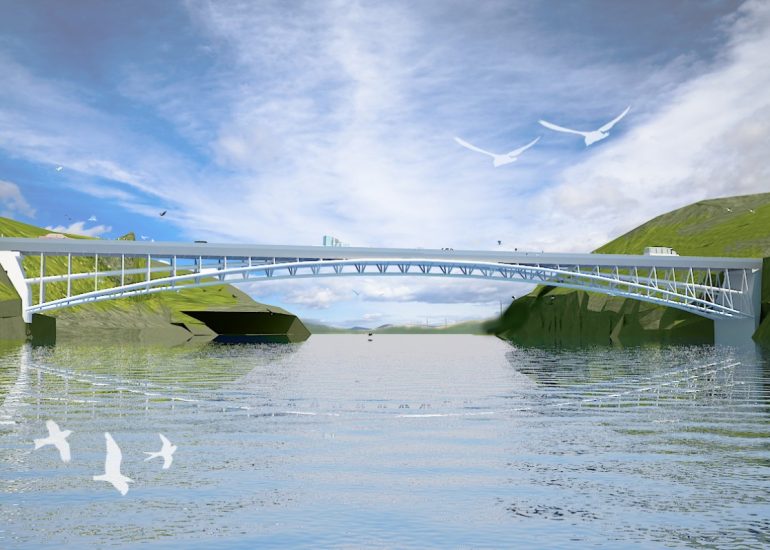Kadıköy-Haydarpaşa Harbour Urban Design
Area
3000000
Year
2001
“A Palımpsest of Water and Tıme: Reflectıons on the Reınventıon of Haydarpaşa Harbour”
A city is never merely a collection of buildings. It is a text—written, erased, rewritten, and read anew by generations, by rulers, merchants, and dreamers. Istanbul is such a city—perhaps the city par excellence. And Kadıköy, its ancient origin, carries within its soil, its waves, and its scents a memory older than any chronicle.
The Haydarpaşa Harbour, once the vibrant terminus of the Baghdad Railway, was never just a logistical hub. It was always a threshold. A threshold between Asia and Europe, past and future, arrival and departure. Imagine the travelers arriving here, the panorama of Topkapı before their eyes, the silhouette of minarets in the mist, the hope of a new chapter in their hearts.
But today—and this is no accident of time but the result of structural decisions—the harbour stands before a transformation. The customs terminal is being relocated, and thus, a rare space opens up within the dense narrative of the megacity: a vast, free access to water, to history, to collective memory.
What is to be done with such a place?
Here begins urban planning not as an act of engineering, but as a semiotic challenge. For a site cannot simply be “repurposed.” It must be read. Like a palimpsest. The old layers—the Greek origins of Chalcedon, the Ottoman gardens, the colonial railway infrastructure—must not be built over, but interpreted.
The vision, as suggested in the TCA proposal, is nothing less than a utopia: an urban structure that combines leisure, education, research, and housing—without falling into the traps of postmodern gentrification. This means not taking capital as the measure of all things, but quality of life.
Moda and the surrounding neighborhoods—with their literary aroma, their tea gardens, and scattered books on park benches—demonstrate how urban identity arises from balance: between nature and density, privacy and public life, modernity and melancholy.
The new Haydarpaşa could become a topos—in its original sense: a place that generates meaning. Not through spectacular architecture, but through depth. A place not just to live, but to think. Institutions for science, cultural spaces, libraries, galleries, and also housing for those increasingly displaced from the city—these would not be a futuristic fantasy, but a recollection of what cities were always meant to be.
Landscape planning must not simply allow space for nature, but speak with it. The wind from the Sea of Marmara, the salty humidity, the flight of the seagulls—these are the original inhabitants of this space. Humanity must insert itself, not dominate.
In the end—and this may be the most crucial thought—the transformation of Haydarpaşa Harbour is a question of ethics, not only aesthetics. For a city that sacrifices its most meaningful threshold to short-term profit loses its soul. But a city that opens it—to everyone, to thought, to life—wins back its future.
——————————————————————————————————————————————————————
“Su ve Zamanın Bir Palimpsesti: Haydarpaşa Limanı’nın Yeniden Keşfine Dair Düşünceler”
Bir şehir asla yalnızca binalardan ibaret değildir. O bir metindir—yazılmış, silinmiş, yeniden yazılmış ve kuşaklar boyunca yeniden okunmuş bir metin. Hükümdarlar, tüccarlar, düşçüler tarafından. İstanbul böyle bir şehirdir—belki de bu tanıma en çok uyan şehirdir. Ve Kadıköy, bu şehrin en eski başlangıç noktası olarak, toprağında, dalgalarında, kokularında tarihten de eski bir hafızayı taşır.
Haydarpaşa Limanı, bir zamanlar Bağdat Demiryolu’nun canlı son durağıydı ama hiçbir zaman yalnızca bir lojistik noktası olmadı. O hep bir eşikti. Asya ile Avrupa, geçmiş ile gelecek, varış ile gidiş arasında bir eşik. Gözünüzde canlandırın: Yolcular burada trenden inerdi, Topkapı’nın silueti gözlerinin önünde, minareler pus içinde belirirken yüreklerinde yeni bir hikâyenin umudu olurdu.
Ama bugün—ve bu zamanın kazara getirdiği bir sonuç değil, yapısal kararların neticesi—bu liman bir dönüşümün eşiğinde. Gümrük terminali taşınıyor ve böylece megakentin sıkışık anlatısında nadir bir boşluk, nadir bir açıklık beliriyor: suya, tarihe ve kolektif hafızaya açılan geniş bir alan.
Peki böyle bir yerle ne yapılmalı?
İşte bu noktada kentsel planlama mühendislikten ziyade bir göstergebilimsel meseleye dönüşür. Çünkü bir alan sadece “yeniden kullanılamaz”; önce okunmalıdır. Bir palimpsest gibi. Eski katmanlar—Kadıköy’ün antik Khalkedon dönemi, Osmanlı bahçeleri, sömürge döneminin demiryolu altyapısı—üstü örtülerek değil, yorumlanarak ele alınmalıdır.
TCA’nın önerdiği vizyon ise yalnızca bir yeniden işlevlendirme değil; bir ütopyadır: dinlenme, eğitim, bilimsel araştırma ve barınmayı bir araya getiren bir kentsel yapı—modern kentlerin sıkça düştüğü soylulaştırma (gentrifikasyon) tuzaklarından uzak. Bu, sermayeyi değil, yaşam kalitesini ölçüt olarak almayı gerektirir.
Moda ve çevresindeki mahalleler—çay bahçeleriyle, banklara bırakılmış kitaplarla, edebi havasıyla—kentsel kimliğin dengeden doğduğunu gösterir: doğayla yoğunluk arasında, mahremiyetle kamusal alan arasında, modernlikle hüzün arasında bir denge.
Yeni Haydarpaşa işte böyle bir topos olabilir—kelimenin en özgün anlamıyla: anlam üreten bir yer. Gösterişli mimarisiyle değil, derinliğiyle. Sadece yaşamak için değil, düşünmek için bir yer. Bilimsel kurumlar, kültürel mekânlar, kütüphaneler, galeriler ve aynı zamanda şehirden dışlananlar için yaşam alanları… Bunlar bir hayal değil, şehirlerin aslında hep olması gerekenleridir.
Peyzaj planlaması da doğaya yalnızca yer açmakla kalmamalı, onunla konuşmalıdır. Marmara’dan esen rüzgâr, tuzlu nem, martıların uçuşu—bunlar bu alanın asıl sakinleridir. İnsan, kendini bu düzene dâhil etmelidir, onu baskılamamalıdır.
Sonuçta—ve belki de en hayati düşünce budur—Haydarpaşa Limanı’nın dönüşümü estetik değil, etik bir meseledir. Çünkü en değerli eşiğini kısa vadeli kâra kurban eden bir şehir, ruhunu kaybeder. Ama o eşiği—herkese, düşünceye, yaşama—açan bir şehir, geleceğini geri kazanır.
Budget:900000000
Location:Istanbul,TURKEY









